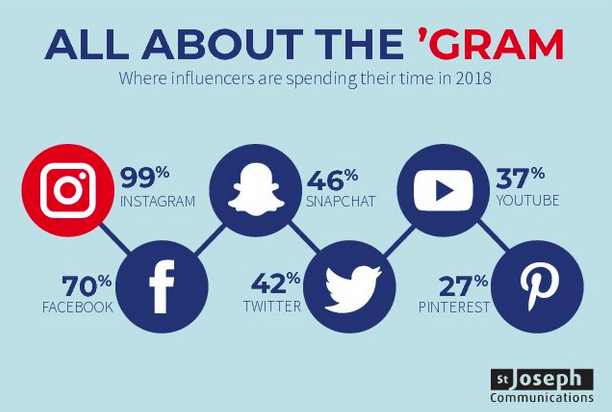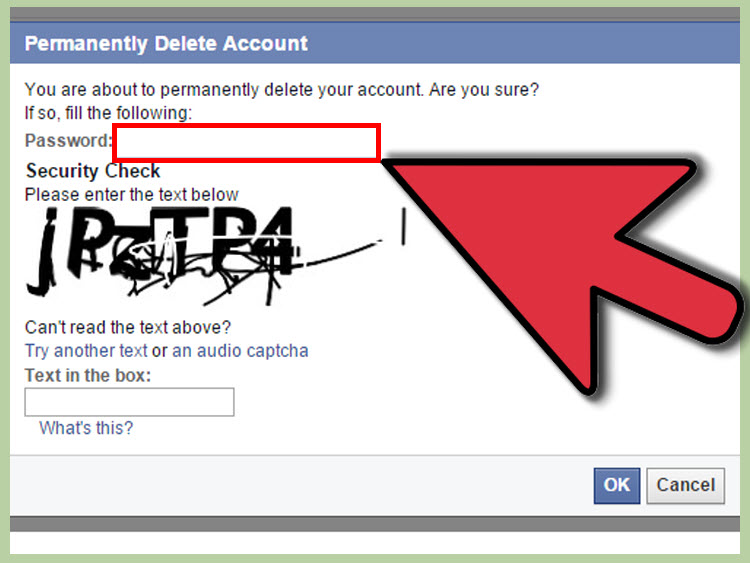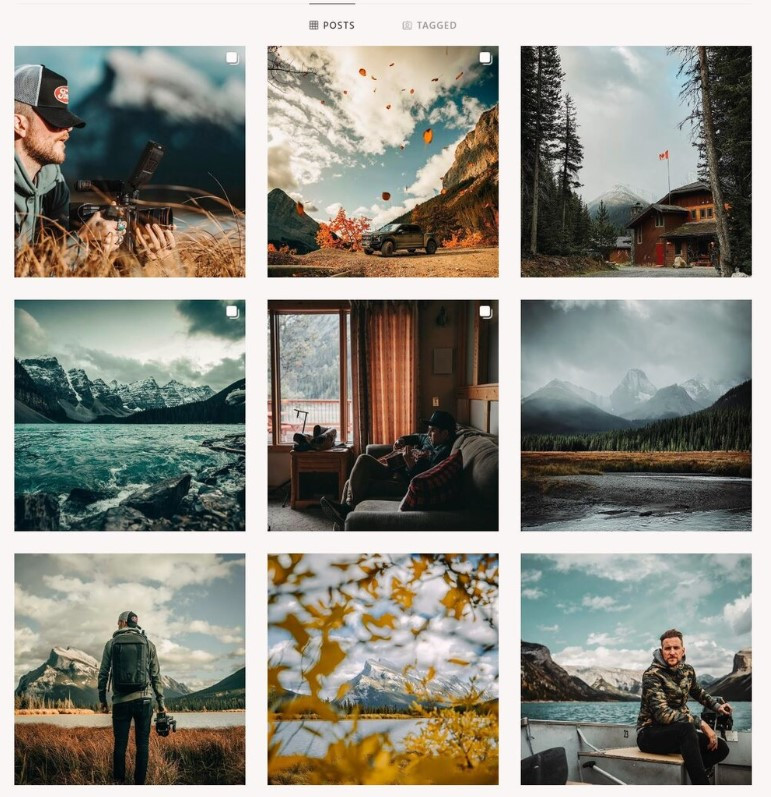How much to pay instagram influencers
How Much Should You Pay (2023)
Influencer marketing expands your brand’s reach and speaks to a generation tired of overproduced and inauthentic advertising. Consumers trust influencers’ recommendations (61%) compared to a brand’s social media account’s recommendations (38%).
Even if you’re familiar with influencer marketing and branded content, when it comes to influencer pricing, everyone seems to have an opinion. There isn’t a standard way to measure performance in influencer marketing, so determining the right influencer for your brand, what platforms you want them to broadcast on, and how much you should pay them can be complicated.
Factors to consider before partnering with influencers
Before reaching out to influencers, consider your strategy and goals.
What are your goals?
To gauge the success of your partnership, write out your goals and specify key performance indicators (KPI) in a spreadsheet or planning document. The following KPIs are a good starting point:
- Increase brand awareness
- Increase sales (you can also track affiliate sales in as a KPI in Shopify Collabs)
- Increase followers
Affiliate marketing
Affiliate marketing is a sales model where a brand pays a third-party to recommend products or services to their audience. In return the third-party receives a referral commission. Most brands have an affiliate program because it’s low-risk and a commission is only paid after products are purchased.
When you set up an affiliate marketing program make sure you set it up and track it properly. The Shopify Collabs app is built to help merchants create, manage, and track affiliate sales.
Production arrangements
While production arrangements are likely something you won’t need to worry about, it’s still a good idea to be well versed on what that means. Depending on your business and partnership you may need to consider:
- If your influencers are expected to travel and what arrangements may need to be made?
- Do they need to rent a studio?
- What kind of equipment do they need for content creation?
Timeline for content production
Factor in how long it will take for the influencer to produce the content you need. Asking for multiple posts in a short time frame might make your offer hard to accept, especially with in-demand influencers who have other contracts to fulfill.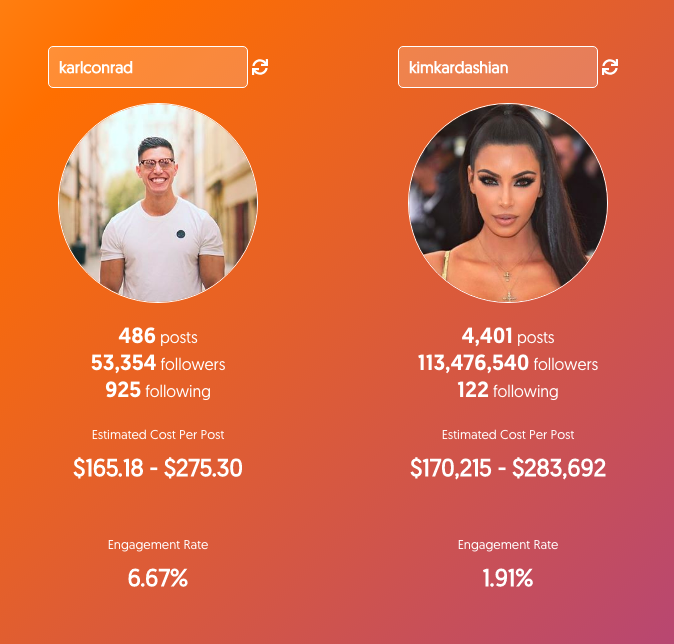 To take that into account, bank in a few extra weeks for negotiations and final arrangements.
To take that into account, bank in a few extra weeks for negotiations and final arrangements.
Instagram influencer pricing
The 2021 average cost for an Instagram post was $1170 and $906 for an Instagram story. While these estimates are averages influencers, it’s helpful to predict your budget.
Influencer rates should be based on follower count and engagement rate. However, there are other factors that can impact a rate, such as talent and access to a niche audience.
Typically influencers have rate sheets they have for the content they are willing to produce. Use those rates as defaults when modeling and predicting outcomes. Since the influencers understand their audience and reach, a partnership might not even require negotiation. According to InfluencerMarketingHub, the standard Instagram influencer rate sheet based on reach is as follows:
- Nano influencers (1000 - 10,000 followers): $10 - $100 per post
- Micro influencers (10,000 - 50,000 followers): $100 - $500 per post
- Mid-tier influencers (50,000 - 500,000 followers): $500 - $5,000 per post
- Macro influencers (500,000 - 1,000,000 followers): $5000 - $10,000 per post
- Mega influencers (1,000,000+ followers): $10,000+ per post
As a baseline, the industry standard is $100 per 10,000 followers.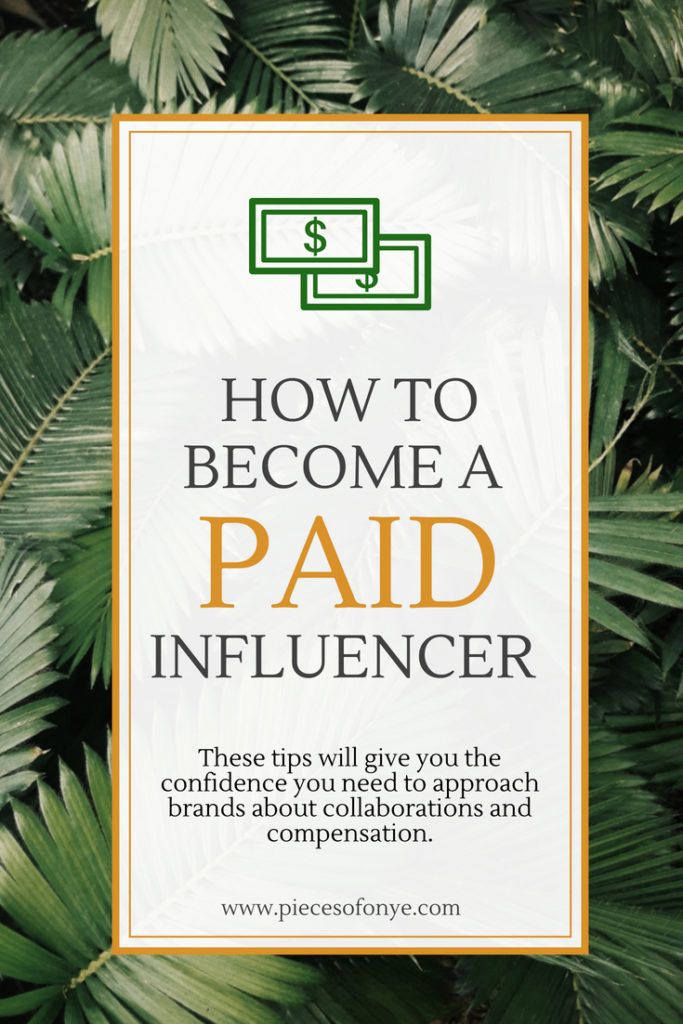 You can use the following formulas as generic guides:
You can use the following formulas as generic guides:
$100 per 10,000 followers + number of posts + additional factors (i.e. expenses for shoot, usage, exclusivity) = total rate.
Alternatively, estimate an influencer’s base rate by calculating 4% of their following and adding the number of posts + additional factors to get your final rate.
TikTok influencer pricing
The average cost for a sponsored TikTok is $3,514. That’s the second highest after YouTube which averages $4,491 per video. While the cost for a TikTok is three times that of an Instagram post, producing video content is more time consuming than creating a photo.
If you want to speak to a younger audience and have a budget, using a TikTok influencer is your best bet. TikTok is forecasted to reach 41.4 million Gen Z users this year, surpassing Instagram’s 37.3 million. Plus, TikTok’s algorithm allows for a superior level of engagement, making your chances of going viral much higher than on other platforms.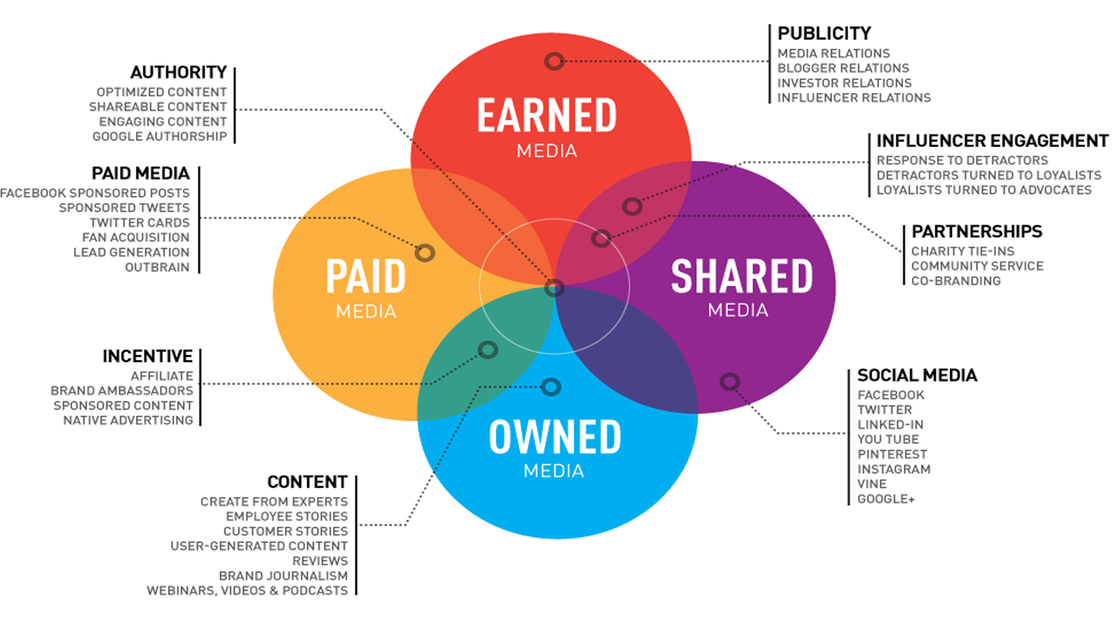
Since TikTok is a much newer app than Instagram the rates are even more varied. According to IZEA, the average cost per TikTok based on influencer tier is as follows:
- Nano influencers (1000 - 10,000 followers): $800 per post
- Micro influencers (10,000 - 50,000 followers): $1,500 per post
- Mid-tier influencers (50,000 - 500,000 followers): $3,000 per post
- Macro influencers (500,000 - 1,000,000 followers): $5,000 per post
- Mega influencers (1,000,000+ followers): $7,000+ per post
David Gaylord, whose company Bushbalm sells products to razor burn, dark spots, and other commonly ignored skin irritations the natural way, uses this formula to assess influencer value:
Cost per thousand (CPM) of an influencer = Average # of views, likes, and comments, from their last 5 pieces of content/cost of content.
Factors that affect influencer pricing
There are several factors that affect influencer pricing beyond audience size and engagement rate.
Usage rights
If you want to have the rights to the content your influencer produces for advertisements or to later repurpose, chances are this will affect the influencer’s rate.
Exclusivity
An exclusivity-clause, preventing your influencer from working with your competitors, will likely cost you. Since this might block them from accepting lucrative deals, factor this in when you negotiate and budget.
Agency Fees
Many influencers are represented by agencies or managers, who typically charge additional fees.
Campaign length
Campaign length will directly affect influencer pricing. A one time activation such as running a contest or promotion will cost less than a long-term endorsement contract. Building a risk-model, specifically for long-term partnerships, that outlines the best-case scenario can be helpful when determining your budget.
Post combos
If you’re interested in using more than one platform, you can ask your influencer to create content for two or more channels. The post combo will cost extra but maximizes the reach of the campaign by engaging multiple audiences.
The post combo will cost extra but maximizes the reach of the campaign by engaging multiple audiences.
Rush fee
It’s not uncommon for influencers to have existing contracts in place. Depending on how much time is given to an influencer for their deliverable, a rush fee may be applied.
Link in bio
Since you can’t put a link in a TikTok or Instagram caption, adding a link in bio is a good idea if your goal is to drive traffic. This addition will likely cost extra.
Key metrics when pricing influencers
We’ve discussed what to consider before partnering with influencers and factors that affect influencer pricing. However, it’s also important to consider these metrics when determining financial outcomes. Here is a list of key metrics to include in your financial model:
Sponsored post %
It’s not unusual for sponsored posts to receive lower engagement, especially if influencers are posting a lot of them. Since this could drastically affect your projections, be sure to do your research when projecting impact.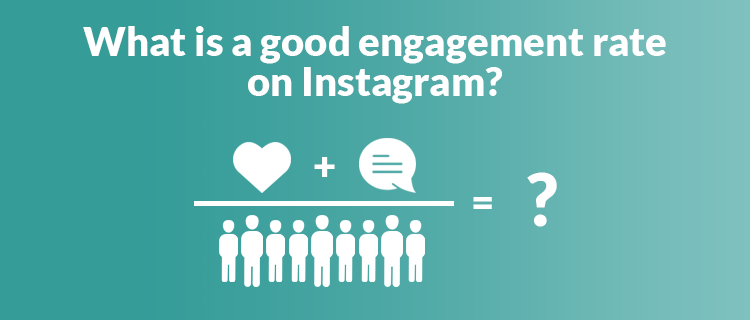
Demographics
Demographics can also play a role in establishing your campaign metrics. For example: If your influencer has 30 thousand followers, a 5% engagement rate, and 50% of their audience is based in the US (and your store is only shipping to the US) your effective model could project approximately eight qualified buyers assuming a 1% purchase rate on engagement.
Follower Growth %
If your influencer's reach is growing rapidly, you could get a lot more views for your advertisement. Oftentimes, influencers don’t know how fast their audience is growing compared to others and it’s a helpful resource when planning.
Bots
Always check fake engagement and followers when planning to work with a perspective influencer. Look out for these three telltale signs of bot traffic:
- Sporadic follower growth
- Inconsistent engagement rates
- Low quality engagement (such as repetitive and vague comments)
Influencer marketing ROI
Measuring your influencer marketing return on investment (ROI) is one of the best ways to determine if you’re paying the right amount for an influencer.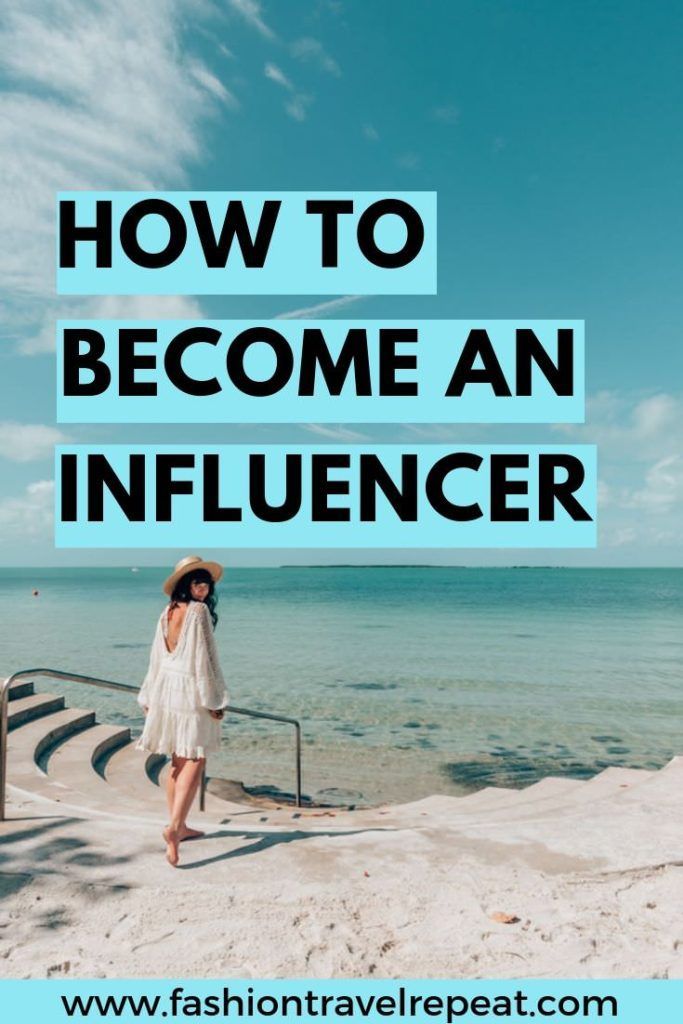 To calculate ROI use the following formula:
To calculate ROI use the following formula:
(Total gain on investment - cost of investment) ÷ cost of investment
For example, if you invest $2,000 in your influencer marketing campaign and get back $9,000, your ROI is 350%.
Influencer rate sheets and results
While being able to calculate your ROI is a good indicator of whether an influencer partnership is worth continuing, you’ll need to hire an influencer before you know what your ROI will be.
Ask your prospective influencer for their rate sheet. This will have their rate information and likely include performance results as well.
Types of influencer partnerships
Typically, influencers will have a press kit that includes rates and types of partnerships available. Read on to learn about different types of influencer partnerships and how to choose the best fit for what you’re looking to achieve.
Affiliate marketing
As mentioned earlier, affiliate marketing is a sales model where a brand pays an influencer to promote their products or services in exchange for a commission based on sales resulting from their referral. Affiliate marketing is popular with brands because there are no upfront costs. Depending on the influencer, commission rates can be anywhere from 5% to 50%.
Affiliate marketing is popular with brands because there are no upfront costs. Depending on the influencer, commission rates can be anywhere from 5% to 50%.
Brand ambassador
A brand ambassador is an influencer who will consistently share content about your brand and products. This is a long-term partnership and because your brand ambassador will be closely associated with your brand, it’s important you choose them wisely.
Sponsored content
A standard sponsored post will include either a photo or video and a caption. Typically, the influencer will create the content and in some cases the product or service is featured in it as well.
Gifting
Some brands will send products to influencers in hopes of a positive feature on their platform. While you might be able to arrange gifting in exchange for a shoutout with nano and micro influencers, this tactic is less effective with larger creators.
Giveaways
Giveaways and contests are a great way to grow followers and brand awareness.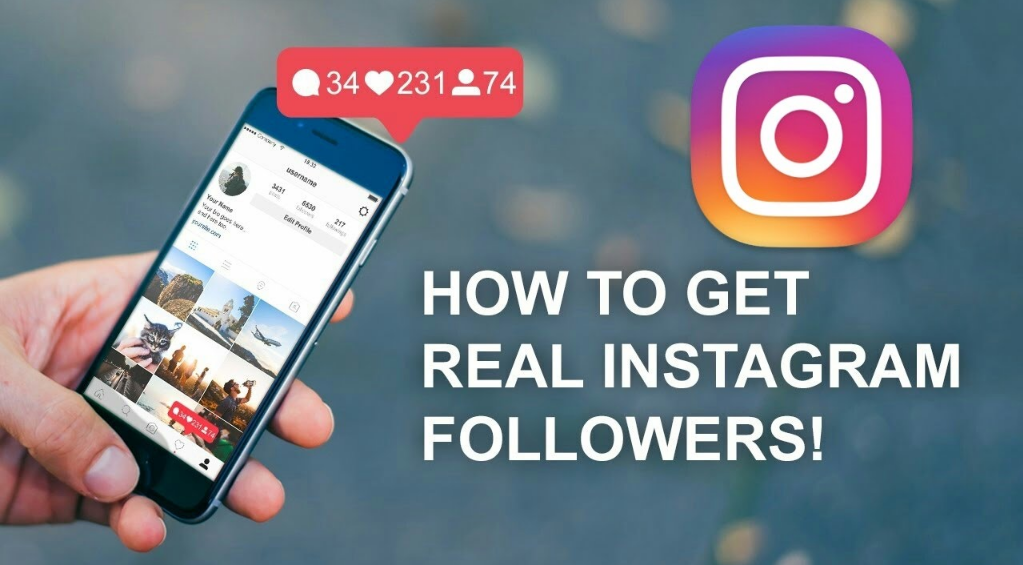 These short-term partnerships can involve multiple influencers.
These short-term partnerships can involve multiple influencers.
Your giveaway budget should outline the associated costs, the prize costs, and the predicted return. Giveaways generally produce a positive ROI, so you should aim to run a profit on your campaign. If you’re selling a product, that means your influencer budget and prize costs should be less than your expected sales return. If you’re running an awareness campaign your prize and influencer budgets should be less than the returned media value.
One way to predict media value is to determine how many impressions, followers, engagements, or other factors you are measuring and find an industry comparable to benchmark against.
Caption mention
A caption mention is similar to a sponsored post but usually without a visual. They can be used for any call to action and are a cheaper option because they require the least production costs and time.
Platform takeover
A platform takeover is when an influencer creates content for a brand’s account for a specific duration of time. Takeovers are most popular on Instagram, TikTok, and Snapchat. It’s best for increasing followers and expanding your brand’s reach. As a result, you might want to use a formula adding up different types of posts involved in the takeover, the influencer’s hourly rate for planning, and the potential number of new followers from the partnership.
Takeovers are most popular on Instagram, TikTok, and Snapchat. It’s best for increasing followers and expanding your brand’s reach. As a result, you might want to use a formula adding up different types of posts involved in the takeover, the influencer’s hourly rate for planning, and the potential number of new followers from the partnership.
Create long-lasting partnerships with brand-aligned influencers who fit within your budget. Nothing is more effective than social proof and word-of-mouth recommendations which is what makes influencer marketing so powerful. Not sure how to connect with influencers? Shopify Collabs allows merchants to send influencers gifts and affiliate links to promote their products to the creator’s audience.
Influencer pricing FAQ
What do you need before you contact a prospective influencer?
Understand your business model and what success looks like before discussing a project and price with a prospective influencer.
How should you treat the influencer partnership process?
Treat the partnership process like a sales opportunity.
How do you determine your influencer campaign budget?
Determine if you are comfortable paying on an affiliate basis, fixed payment, gifting, hourly rate, licensing deal, or a combination of the above.
How do you know what type of influencer you should approach for your business?
Look for an influencer with experience in that type of campaign and ask to see their rate sheet.
What additional benefits will you net with a successful influencer partnership?
You’ll build strong relationships with the creators you partner with. Building trust will lead to more organic relationships and trust among friends in the influencer community. Keep your relationships top-of-mind and your influencers will sing your praises to other creators.
How do you plan for and measure for a successful influencer campaign?
Associate all of your planning with a quantitative model. Even if you are making assumptions, it’s better to have something to benchmark against.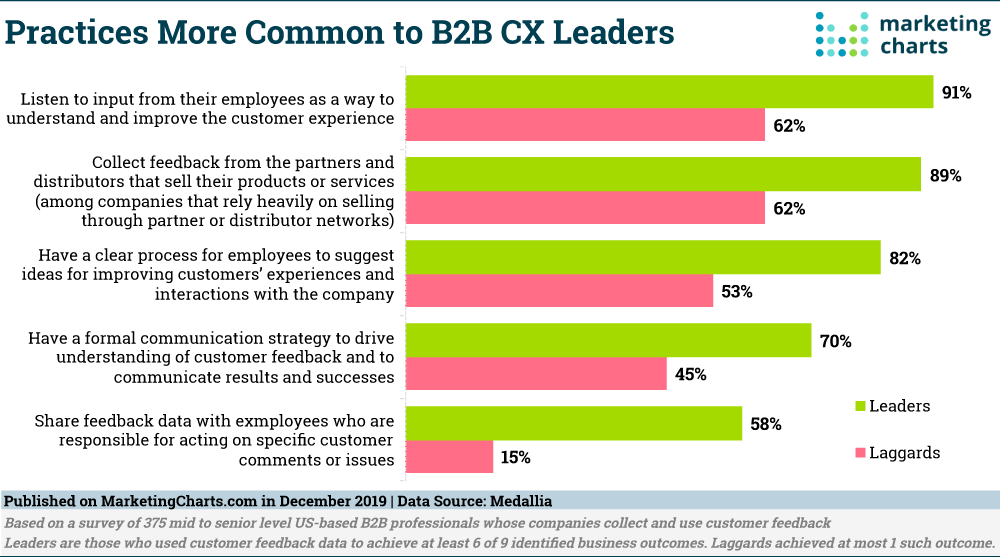
Influencer Marketing Costs (2023) - Business of Apps
As long as we’ve had advertising and marketing, brands have capitalized on famous faces to sell their products. If we see those to whom we aspire to use certain products and services, then we want to use them too – so we can relate to their experience and see how those products or services may fit our lives.
With the advent of social media, we’ve seen the emergence of a new kind of celebrity: the influencer. Not celebrities in the usual sense, in that their fame is inextricably tied up with the media through which they broadcast, rather than any specific discipline (not even socialite).
Nonetheless, the content they post is aspirational. Like the celebrities of old, their fans want to be like them, using the same products as they do. Hence, the name ‘influencer’. Influencers offer some advantages over the celebrities of old. They are more accessible (and affordable) – “just like you and me”. They often have close relationships with their fans, they build a rapport that brands themselves can’t replicate. And they are often particularly influential in niches closely associated with specific product categories.
And they are often particularly influential in niches closely associated with specific product categories.
Featured Influencer Marketing Companies
Influencer marketing has become a key marketing channel in the 21st century. For many brands, this has become a de rigueur element of the mix. Today, plugging Instagram, YouTube, and TikTok influencer marketing components into an app marketing plan has become the norm.
Read on to see our set of stats on influencer marketing rates and influencer marketing costs on different social media platforms. We start with a section looking at the size of budget marketers have put aside for this form of marketing, giving an impression of how much money is moving around here. We also look at which are the best influencer marketing channels for app marketers to choose from.
Before we get stuck in, it seems fair to point out that there is considerable variance in the costs reported. We have collated what’s out there, but the only thing that seems fixed is that a significant number of variables come into play.
Which audience marketers are trying to reach, the type/quantity of media, levels of engagement, and many more factors must be in consideration when establishing influencer marketing pricing. So at the end of the day, price points can only be fairly established on a case-by-case basis. That said, we hope it will be useful to any marketers considering utilizing this channel to see some benchmark figures.
Influencer rates/preferred influencer marketing channelsInfluencer marketing is more than a trend; it is widely held to be one of the most effective digital marketing channels available to contemporary marketers. A 2019 BigCommerce influencer marketing research indicates that 89% of brand marketers report that they see a higher ROI with influencer marketing compared with other digital marketing channels. Because we bring up this data point from 2019, before the rise of TikTok as the leading social media platform for brands to connect with their audiences, it’s reasonable to assume that today in 2022 the number of brands who measure a higher ROI for influencer marketing campaigns is even higher.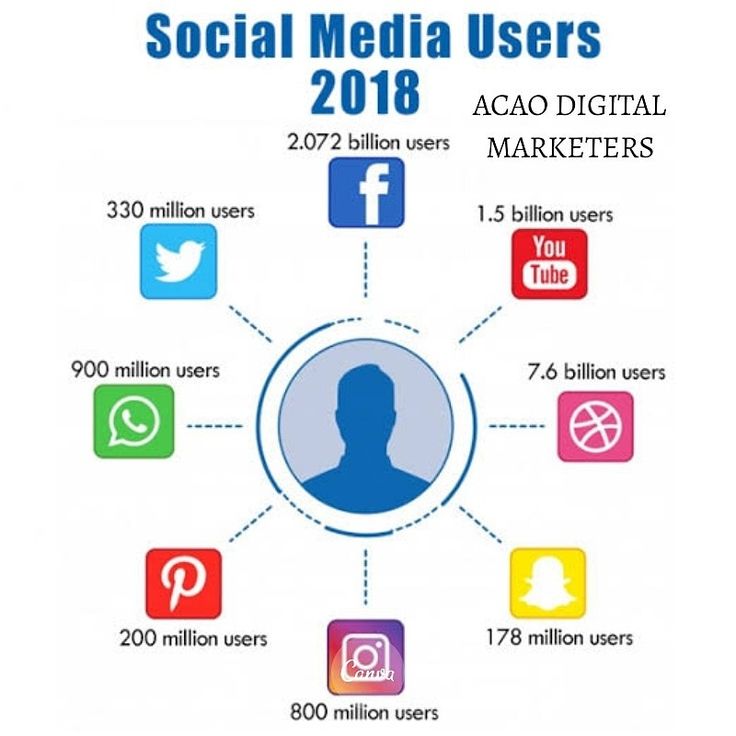
Accordingly, they are willing to invest. The total global value of influencer marketing in 2022 was estimated at $16.4 billion by Influencer Marketing Hub.
Investment has been on the rise. According to the Business Insider Intelligence report, in 2022 Influencer marketing investment is expected to reach $15 billion, giving almost twice more oxygen to influencers to capitalize on the rising demand.
Featured Influencer Marketing Companies
According to the InfluencerMarketingHub research, in 2020 62% of companies, that took part in the survey, increased their Influencer marketing budget throughout 2020, and an additional 20% committed to keeping the same level budget in 2021.
49% of these companies kept their Influencer marketing budget on the level – $10k and down, while other 23% spent up to $50k / year and about 9% were ready to spend more than $500k / year.
Influencer marketing spend in Q4, 2020 (%)
Source: InfluencerMarketingHub
Another find from the InfluencerMarketingHub 2021 report was that last year the overwhelming majority of marketers had planned to invest more in Influencer marketing. In fact, 62% said they will increase their Influencer marketing budget in 2021. To give you some context – in 2020 only 57% of marketers planned to increase their Influencer marketing budget.
In fact, 62% said they will increase their Influencer marketing budget in 2021. To give you some context – in 2020 only 57% of marketers planned to increase their Influencer marketing budget.
And when it comes to where marketers get money to run Influencer marketing campaigns, almost 83% said they’d borrowed it from the overall marketing budget, at the expense of other marketing channels.
Overall marketing budget powers the Influencer marketing budget (%)
Source: InfluencerMarketingHub
The same InfluencerMarketingHub report brings us the picture of what specific social media platforms marketers ran Influencer marketing campaigns on in 2021. A brief look on the graph below will show you that TikTok is rising as one of the major channels to run Influencer marketing campaigns in 2021. Only one company was used by a greater number of marketers – Instagram, with 68% of marketers ran ad campaigns on it and TikTok came second with 45%, followed by Facebook with 43%, YouTube – 36% and finally LinkedIn and Twitter closed the set with 16 and 15 percent respectively.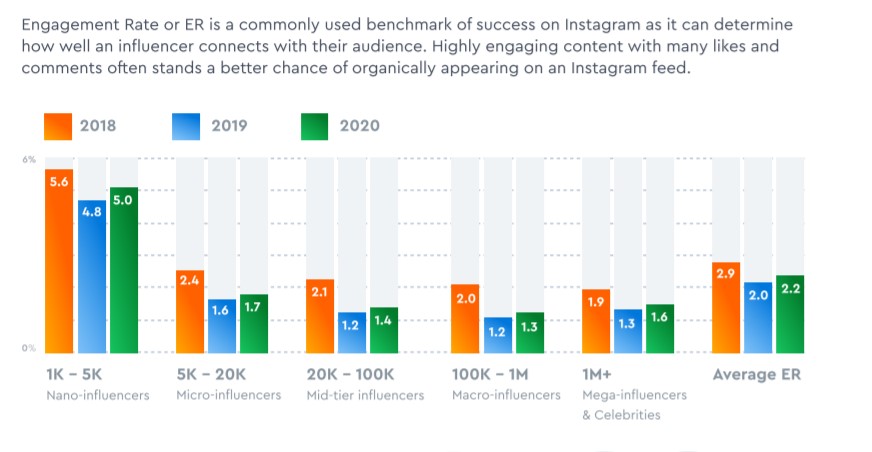
The most popular Influencer Marketing platforms in 2021 (%)
Source: InfluencerMarketingHub
So now we’ve got the overall picture of the influencer rates, influencer marketing spend and top platforms.
Below, we look at some of the most popular influencer marketing platforms and the costs associated with leveraging each one.
Instagram influencer pricingSay influencer, and most people – at least for now – will think of an Instagram influencer. And where there are influencers, there’s marketing. Instagram influencer marketing has become a key part of many brands’ efforts – particularly when they’re aiming to target certain demographics. Indeed, the platform seems tailor-made for brands wishing to interact with prospective customers, with 90% of its 1.1 billion+ users following a brand. In Q4 2020, the total value of Instagram influencer marketing reached $8 billion.
Naturally, we have seen prices rise in proportion as the platform has become ever more indispensable. And influencers have become more confident of their power to sell products for brands, as this form of marketing moved from informal arrangements to a central pillar of a long-term strategy. Obviously, the last two years of the COVID-19 pandemic have been a disruptive force in so many areas of businesses, and the influencer marketing businesses felt its heat as well.
And influencers have become more confident of their power to sell products for brands, as this form of marketing moved from informal arrangements to a central pillar of a long-term strategy. Obviously, the last two years of the COVID-19 pandemic have been a disruptive force in so many areas of businesses, and the influencer marketing businesses felt its heat as well.
Now, the questions that we want to address first are – how much do Instagram influencers make? What is an Instagram influencer’s salary or, at least, a ballpark of it?
An Instagram post cost varies, it depends on how many followers a particular Instagram influencer has. There are five influencer categories based on the follower’s number – Nano, Micro, Mid, Macro, and Mega. Introducing these categories lead to the creation of influencer rate sheets for posting on various social media platforms. In particular, the Instagram post rates range from $10, posted by Nano influencers to $10k and more, posted by Mega influencers.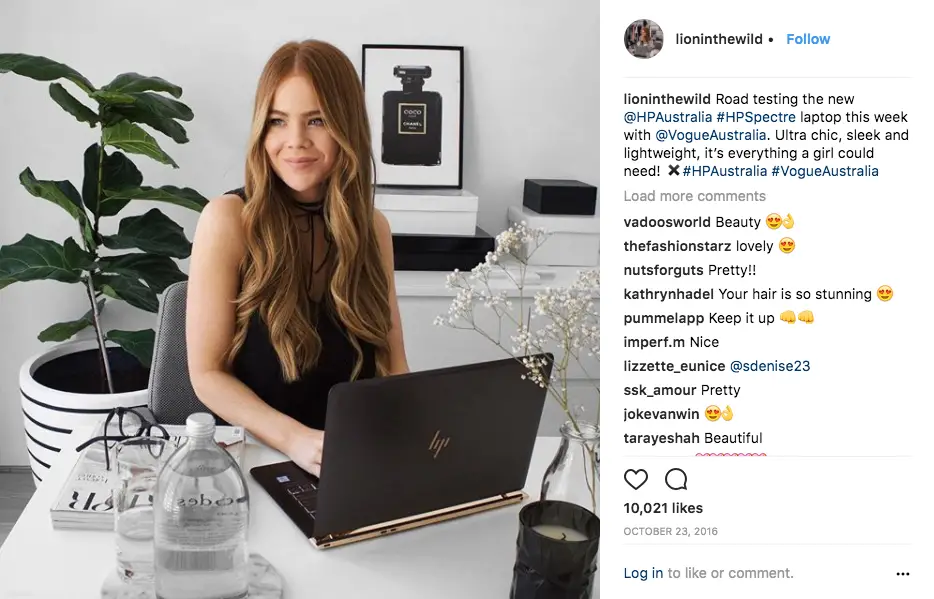
An Instagram rate sheet for posts in 2022
| Type of Influencers | Rate |
| Nano (1-10k followers) | $10-100 |
| Micro (10-100k followers) | $100-500 |
| Mid (100-500k followers) | $500-$5k |
| Macro (500k-1m followers) | $5-$10k |
| Mega (1m+ followers) | $10k+ |
Source: AndrewMcCarty.com
Of course, this means average doesn’t tell the whole story. It goes without saying that there are significant differences in the scale of Instagram influencer marketing – which is of course part of its appeal to brands. Accordingly, we see a great deal of variance in the cost of influencer marketing.
Another unnamed influencer (100,000-250,000 followers, 2.5% engagement) shared a pricing model for different packages she offered. (see the table below) This also includes pricing for giveaways and takeovers, as well as photos and story mentions.
Her pricing model seems set a little below others we have seen, with economies of scale applying for more involved campaigns.
Instagram Influencer pricing (packages)
| Story packages: Average views: 15k | Monthly packages: 3 month minimum | One off packages: Ask me for more details |
| 5 mentions per month: $1,000 | 5 photos/month: $2,500 | 1 IG photo: $1,000 |
| 2 mentions per month: $500 | 5 photos + blog post: $3,000 | Giveaway: $1,500 |
| 1 mention: $300 | 2 photos per month: $1,200 | IG takeover: $1,500 |
| 1 photo per month: $700 | Blog post: $2,000 | |
| 1 photo + blog post: $1,500 | Story takeover: $1,000 | |
| Shop page feature: $500/month |
Source: Later
Another influencer with slightly fewer followers (though in the same range) told Later that they would charge $1,000 per Instagram post, $200 per Story, and $2,000-$5,000 for a 60-second video.
Two travel bloggers with a follower count in the 50,000-100,000 bracket (micro-influencers) charged $500 per post. These smaller bloggers often see posts with higher engagement, so can offer better influencer marketing ROI, posits Lately, citing Neoreach data which suggests 30% better ROI from micro-influencers, versus macro. Measuring ROI is frequently cited as the biggest challenge for marketers using influencer marketing.
Featured Influencer Marketing Companies
- Zoomd - Zoomd. See the Big Picture, Down to the Finest Detail
- SEM Nexus - Startup App Marketing Experts
- LetsTok.com - Smart AI Powered Influencer Marketing for Your Brand
- Intellifluence - Influencer marketing made easy
- FansRevenue - The fanbase monetization accelerator for content creators
- yellowHEAD - Scaling Made Simple
- BuzzGuru - Influencer Marketing Intelligence & Analytics
Using a different influencer-marketing pricing model, a little more focused on results, brands might expect to pay somewhere in the $250 to $750 for 1,000 engagements (Digiday/WebFX).
We get a more precise measure by virtue of a 2019 survey of 2,500 influencers conducted by Klear and published in eMarketer.
On Instagram, influencer pricing adheres to the fairly simple formula of more followers = higher cost. Prices rise fairly proportionally until we reach the point of celebrity influencers (with over 500k followers). At this point, we see close to a fourfold leap up from power influencers (with 30-500k).
In terms of formats, you’ll pay a premium price for a video – somewhere around 50% more than you would for a post. Stories are the cheapest, presumably due to their ephemeral nature.
Influencer Rates Worldwide, by Influencer Tier, 2019
| Type of content / Influencer Tier | Nano (500-5k followers) | Micro (5k-30k followers) | Power (30k-500k) | Celebrity (500k+ followers) |
| Instagram Post | $100 | $172 | $507 | $2,085 |
| Instagram Video | $114 | $219 | $775 | $3,138 |
| Instagram Story | $43 | $73 | $210 | $721 |
Data source: eMarketer
Of course, follower count is not the only variable which might affect the cost of Instagram influencer marketing pricing. Geography also plays a part. A 2017 survey from eMarketer found that UK marketers were willing to pay £1,203 ($1,581) for a micro-influencer (under 10,000) post on Instagram, and £60,476 ($79,528) for a celeb influencer (1 million followers up). Influencer marketing in the UK seems to be pitched at a fairly robust price point, albeit one that it seems these marketers have been willing to pay.
Geography also plays a part. A 2017 survey from eMarketer found that UK marketers were willing to pay £1,203 ($1,581) for a micro-influencer (under 10,000) post on Instagram, and £60,476 ($79,528) for a celeb influencer (1 million followers up). Influencer marketing in the UK seems to be pitched at a fairly robust price point, albeit one that it seems these marketers have been willing to pay.
Influencer Marketing Hub offers a calculator for influencers to work out what they should be charging, based on follower count and engagement. Of course, it could as well be used by markers looking to determine influencer marketing pricing.
We ran some random British celebrities through it in early April 2022 – it looks back over the last 12 posts, so results may differ at different points – to see what it said.
Tottenham and England footballer Harry Kane was first. With 12.3 million followers, 185k average Likes, giving him an engagement rate of 1.51%, his estimated earnings per post are set at $24,518-$40,864.
Music is another popular influencer genre, so we put award-winning musician Dua Lipa through. With her 82 million followers, 2 million average Likes, and engagement rate of 2.7%, she could be raking in $162,666 -$271,110 per post.
Comedian and actor Lolly Adefope commands a higher engagement rate than either of our two previous examples at 7.09% – with 9,090 average Likes generated from a smaller follower base of 112,707. That would earn her $342-$570 per post.
But what if you want to go REALLY big? At the very top of the Instagram influencer food chain we find the megastars who dominated the marketing/advertising landscape before all these influencers came along.
Ok, so here is how much you would need to pay if you want your product or service being introduced to the top celebrity Instagram followers. The list is 60/40 gender split, with women dominate – 6 women against 4 men.
The world famous soccer player Cristiano Ronaldo’s post, which has 423 million followers on Instagram, costs between $620k and $1M.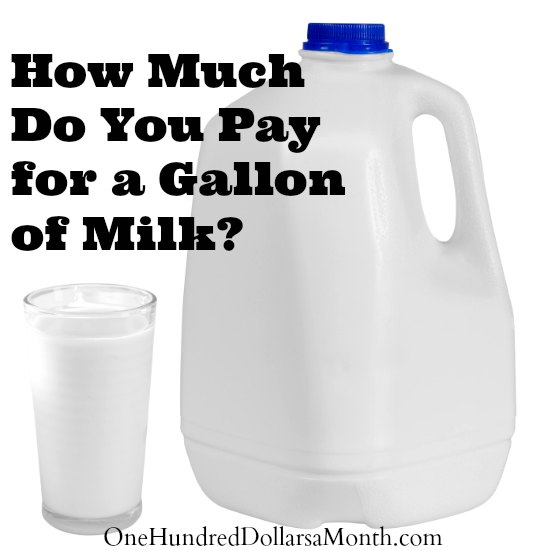 Hollywood action movies star Dwayne Johnson, who has 154 million Instagram followers, post on Instagram costs anywhere between $504k and $840k. Ariana Grande’s marvelous voice allowed her to summon 303 million followers, asks for a single post on Instagram between $500k and $833k. At the bottom of the list is Kendall Jenner, with 229 million Instagram followers, who charges “only” $580k per post.
Hollywood action movies star Dwayne Johnson, who has 154 million Instagram followers, post on Instagram costs anywhere between $504k and $840k. Ariana Grande’s marvelous voice allowed her to summon 303 million followers, asks for a single post on Instagram between $500k and $833k. At the bottom of the list is Kendall Jenner, with 229 million Instagram followers, who charges “only” $580k per post.
Top Celebrity Instagram post price, up to (in $M)
Source: InfluencerMarketingHub
YouTube influencer marketing pricingOne of the consequences of lunching a video sharing service such as YouTube back in 2005 was that over time the YouTube influencer phenomena emerged. Some of influencers have become one of the world’s biggest celebs in their own right, the medium itself was, and still is, very conducive for people to share all sorts of information and become known and recognized in countless number of areas. YouTube was, along with Instagram and Facebook, one of the earliest platforms for the Influencer phenomena to emerge.
So, how much does YouTube influencer marketing cost?
On the graph below we stack together influencer post pricing for multiple platforms to show you the striking difference between YouTube influencer post rates and the rest of top social media platforms.
Now, the graph covers the 2014-2019 time frame plus 2021. Such timing allows us to see clearly how introduction of TikTok and the massive exodus of influencers from YouTube and Instagram to TikTok have changed the influencer marketing pricing landscape.
As you can see, you’ll have to shell out big money for influencer marketing using YouTube videos – though 2019’s $6,700 is not the high point. In 2017 you’d have to spend close to $8,000 for the pleasure. Prices dipped in 2018 to $4,085 and rose up to roughly $4,500 in 2021 – again, the existence of TikTok leaves YouTube a smaller part of the influencer marketing pie.
This pricing is based on a charging $20 for every 1,000 subscribers an influencer has on her or his YouTube channel, a scale continued up to $20,000 for an influencer with 1 million.
Various factors could well play into influencer YouTube videos pricing fluctuations: influencers become better known, smaller influencers are brought into the marketing mix (much better for some brands, we might note), bigger or smaller brands invest, etc.
Now, the COVID-19 pandemic hit influencers really hard, many influencers who ran ad campaigns for the traveling industry had to stop and cancel any campaigns abruptly.
To take a more end product-focused view, marketers utilizing YouTube influencer marketing might expect to pay $50-$100 for every 1,000 views. To give you some perspective, in 2021 an average YouTube video CPM (cost-per-mile or cost-per-view) was about $27 per 1,000 views, so at that point it was about essentially doubling your expenses, if you decided to work with YouTube influencers, as opposed to running ads via the YouTube ad platform yourself.
Finally, in comparison, shelling out on a tweet ($422) or a Facebook post ($395) is very much a discount option.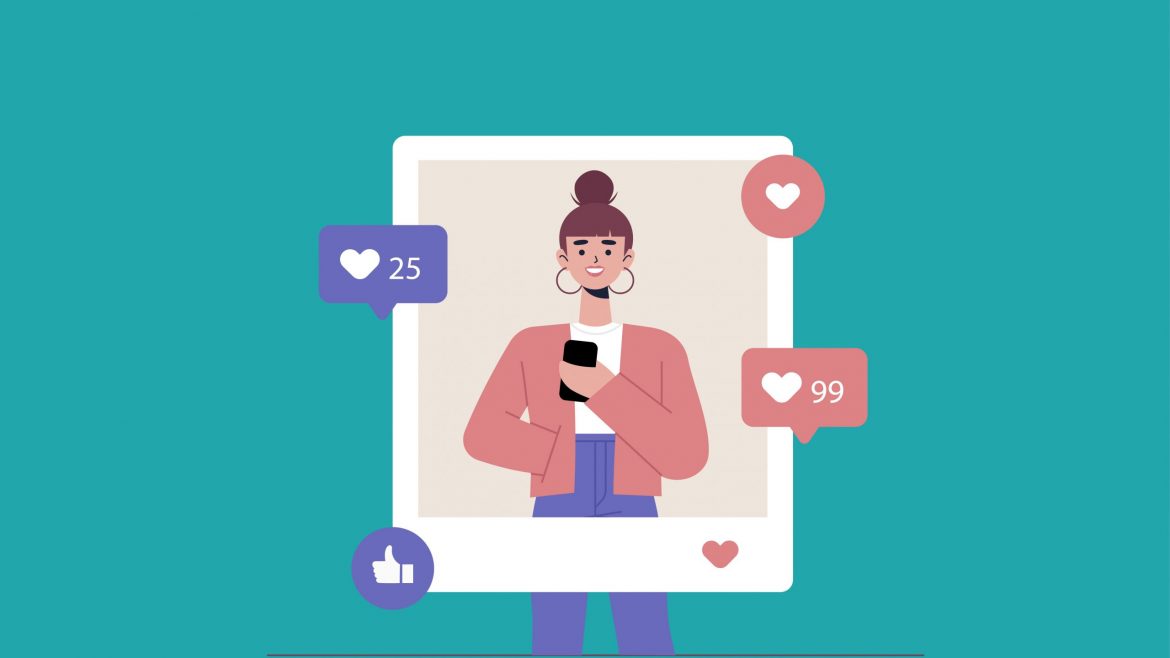
Average cost of a paid post per platform, 2014- 2019, 2021 ($)
Source: Izea, BusinessInsider
A representative of influencer marketing platform HYPR quoted in the 2017 Digiday report added a little bit of complexity to the pricing model quoted above. Beyond 50,000 subscribers, we might add $2,000 per 100,000 followers (50,000 followers would be equal to $1,000 using the above scale). When we reach 1 million it’s a bit more complicated, given the level of celebrity. At this stage we might expect to see a spend of $25,000-$50,000 per influencer marketing video.
Referring back to the more precise eMarketer/Klear stats, we again see that celebrity influencer marketing commands a considerable pricing premium over mere mortal influencers. Indeed, you would have to pay nearly five times more for an influencer with over 500,000 followers as compared with one with 30,000-500,000 followers.
It does not quite follow, however, that more followers = higher marketing expense.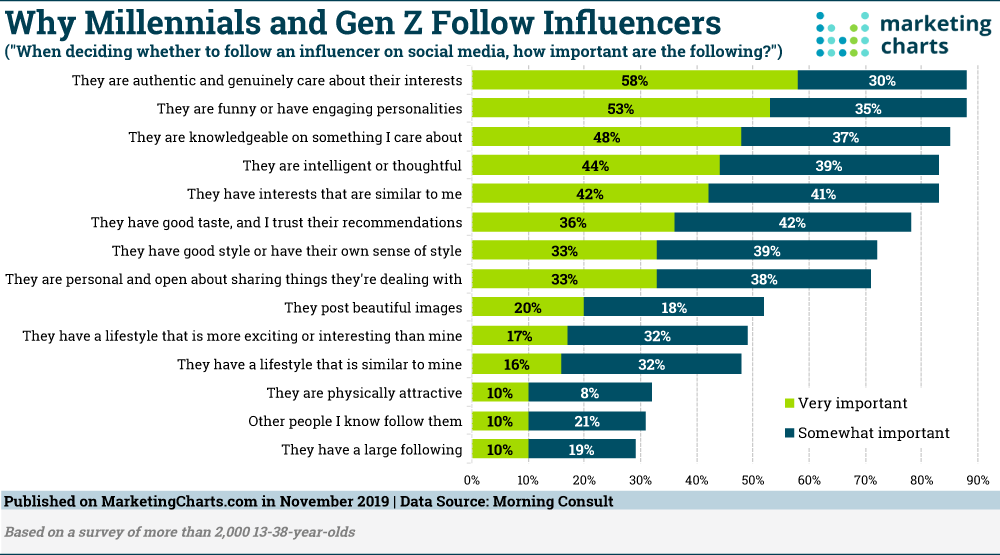 For whatever reason, according to these YouTube influencer marketing pricing stats, it seems you will pay more for a micro-influencer than for a power-influencer. Perhaps a reasonable assumption might be that these influencers exert a higher level of influence over their fanbases. Potentially they are operating in specific niches in which they claim a level of expertise. There’s no hard evidence for it here, but potentially power-influencers might be able to drum up regular business, which means they can afford to charge less per post. The other less edifying possibility may simply be that the sample is smaller in this bracket.
For whatever reason, according to these YouTube influencer marketing pricing stats, it seems you will pay more for a micro-influencer than for a power-influencer. Perhaps a reasonable assumption might be that these influencers exert a higher level of influence over their fanbases. Potentially they are operating in specific niches in which they claim a level of expertise. There’s no hard evidence for it here, but potentially power-influencers might be able to drum up regular business, which means they can afford to charge less per post. The other less edifying possibility may simply be that the sample is smaller in this bracket.
At all levels, YouTube is the most expensive influencer marketing channel, at least for now when TikTok hasn’t risen to the same heights YouTube has. Yet. Perhaps we might assume a certain expectation that YouTube videos would have slightly higher production values than the more personal/intimate format of an Instagram video. That said, pricing is relatively similar between the two video platforms at the power influencer and celebrity level. Lower down the follower count hierarchy, the YouTube influencer marketing premium is considerably more pronounced.
Lower down the follower count hierarchy, the YouTube influencer marketing premium is considerably more pronounced.
YouTube influencer rates by number of followers ($)
| Nano-Influencers | Micro-Influncers | Mid-tier Influencers | Macro-Influencers | Mega-Influencers | |
| Price range | 20-200 | 200-1,000 | 1,000-10,000 | 10,000-20,000 | 20,000+ |
Source: InfluencerMarketingHub
Top Influencer Marketing Platforms and Agencies
- Zoomd - Zoomd. See the Big Picture, Down to the Finest Detail
- SEM Nexus - Startup App Marketing Experts
- LetsTok.com - Smart AI Powered Influencer Marketing for Your Brand
- Intellifluence - Influencer marketing made easy
- FansRevenue - The fanbase monetization accelerator for content creators
- yellowHEAD - Scaling Made Simple
- BuzzGuru - Influencer Marketing Intelligence & Analytics
- Moburst - Mobile Done Right
- Ubiquitous - Influencer Marketing at Scale
- Zorka.
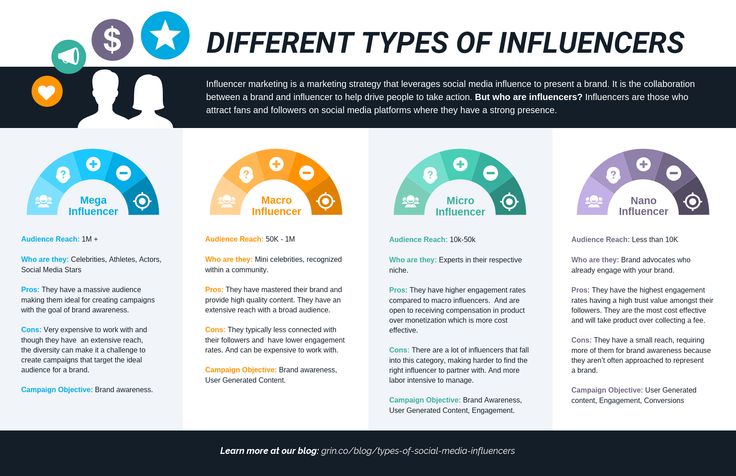 Agency - Smart. Efficient. Worldwide
Agency - Smart. Efficient. Worldwide
As we mention above, in most cases, Facebook influencer marketing is relatively cheap compared to other platforms. This is according to Izea, who pins the price of an influencer Facebook influencer post at a relatively bargainous $395. While the cost of a Facebook influencer post cost more in 2019 than it has in previous years, the cost has not followed a steady upward curve. Indeed, like Instagram and YouTube (according to Izea’s data at least) 2018 saw a decline in the cost of influencer marketing on Facebook – again, we are free to speculate as to why.
WebFX, on the other hand, set Facebook influencer marketing rates a little higher than Izea (remember, Izea’s averages make a like-for-like comparison imprecise at best). According to this source, you might pay $25 for the services of an influencer with 1,000 followers, $250 for one with 10,000, and so on (up to $25,000 for an influencer with 1 million followers).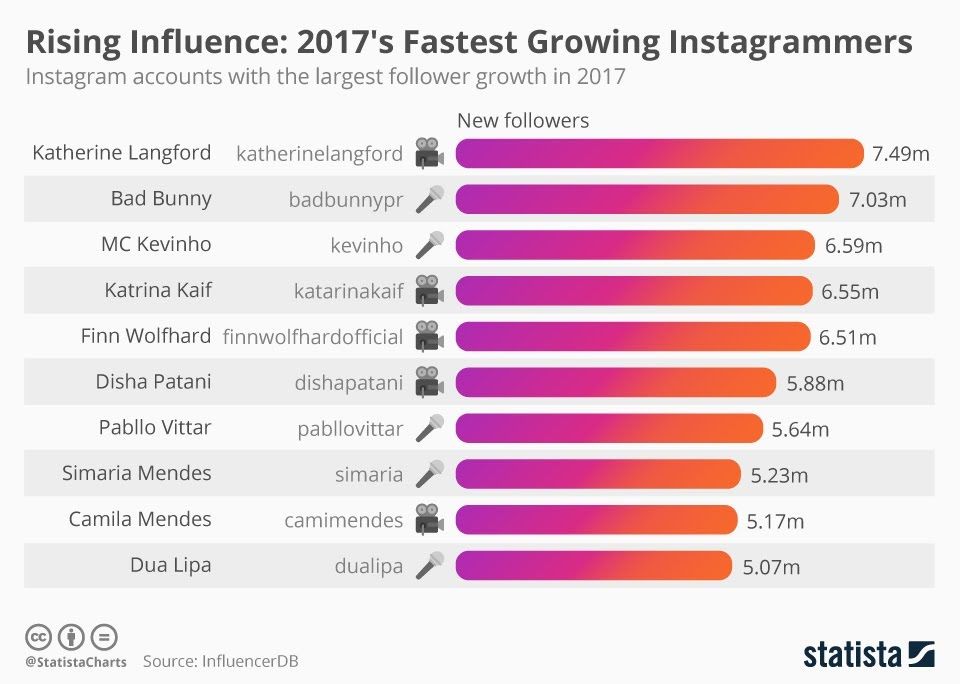
The Klear influencer marketing stats published on eMarketer show an interesting dynamic in terms of Facebook influencer marketing pricing (this only considers posts, not breaking down media types). At the lowest nano level, it is the cheapest; climb up to micro-influencers and it is in the mid-point – more expensive than Instagram but cheaper than YouTube (though recall at the micro-influencer level there is a considerable premium on YouTube).
It again becomes the discount option at the power level, barring Instagram Stories. Like YouTube, for some reason, influencer marketing is cheaper at the power than the micro level. Again we might speculate that it has something to do with engagement or sample size.
Then we have the celebrity level: here Facebook once again commands a premium over stablemate Instagram, though is considerably cheaper than YouTube. We might assume this is a consequence of wider reach relative to the former, but lower required investment to produce content than the latter.
Facebook influencer rates by the number of followers
| Number of followers | 10k | 100k | 1,000k |
| Price | $250 | $2,500 | $25,000 |
Data source: WebFX
2021 data from Influencer Marketing Hub gives you the Facebook influencer pricing range based on tiers. It starts with just $25 for a Facebook post from Nano-influencer and all the way up to Mega-influencer that would charge you more than $25,000 for posting about your product or service.
Facebook influencer rates by tiers
| Tier | Nano-influencer | Micro-influencer | Mid-tier | Macro-influencer | Mega-influencer |
| Price | $25-250 | $250-$1,2500 | $1,250-$12,500 | $12,500-$25,000 | $25,000+ |
Source: InfluencerMarketingHub
Snapchat influencer marketing pricing
WebFX reckon you might pay $10 for every 1,000 views for Snapchat influencer marketing, up to $10,000 for a Snapchat influencer delivering 1 million views. Until November, 2020, follower count wasn’t public on Snapchat, so back then this measure was the only really way to accurately gauge the reach (or influence) of a Snapchat influencer.
Until November, 2020, follower count wasn’t public on Snapchat, so back then this measure was the only really way to accurately gauge the reach (or influence) of a Snapchat influencer.
Several years ago influencer Cyrene Quiamco gave Digiday a slighter higher scale.
Snapchat influencer post rates by the number of views
| Views (followers equivalent) | Price range |
| 1,000-5,000 | $500 |
| 5,000-10,000 | $1,000-$3,000 |
| 10,000-20,000 | $3,000-5,000 |
| 30,000-50,000 | $5,000-10,000 |
| 50,000-100,000 | $$10,000-$30,000 |
If we consider views to be analogous with followers, then this would put Snapchat influencer marketing at a similar price point to Instagram influencer marketing. In reality follower count will be higher, thus making Snapchat the cheaper option.
Looking all the way back to 2016 – since when Snapchat has endured several peaks and troughs (though 2016 and 2019 were both good years so hopefully there’s some commonality) – Captiv8 estimated a snap from an influencer with 3-7 million followers would cost around $75,000. A snap from an influencer with 50,000-500,000 followers would be more like $1,000.
On this scale you might expect to pay $11-25 per 1,000 followers for a big Snapchat influencer, and $2-20 for a micro-influencer, which puts it close to what you would pay as a marketer on Snapchat Ads.
Snapchat influencer marketing, cost per follower range
| Influencers | Micro | –influencers | ||
| Followers | 3,000,000 | 7,000,000 | 50,000 | 500,000 |
| Cost | $75,000 | $75,000 | $1,000 | $1,000 |
| Cost per follower | $0.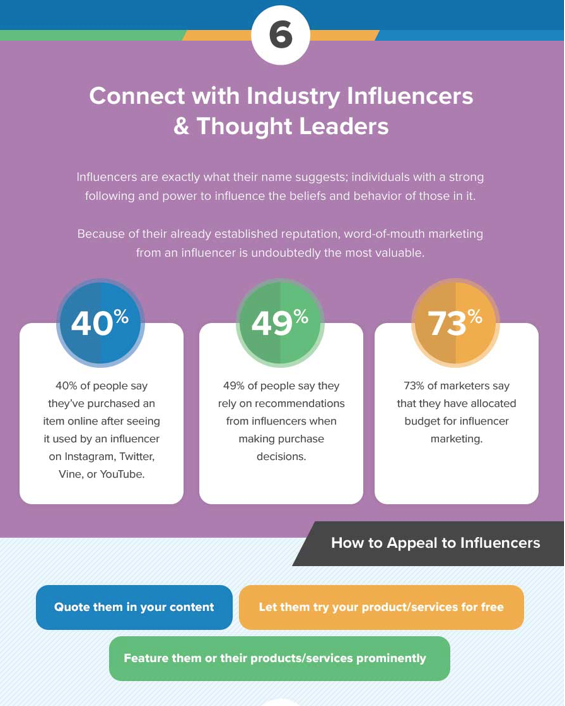 025 025 | $0.011 | $0.020 | $0.002 |
| Cost per 1,000 followers | $25 | $11 | $20 | $2 |
Source: Buffer
In the UK in 2017, a Snapchat micro-influencer represented the form of influencer marketing on which marketers were willing to spend the least, according to eMarketer influencer marketing stats, with £1,052 ($1,386) the stated cap. A celeb snap would cost £52,702 ($69,414) – not cheap, but also the lowest cost celebrity influencer marketing rate available in this market.
Twitter influencer marketing pricingTwitter perhaps doesn’t get the same sort of coverage as some of the other influencer platforms, but it remains to be one of the world’s most notable social media platforms with the monthly active user base of more than 330 million people – and where there’s social, there’s influencers.
According to the BusinessInsider stats above, the average cost of an influencer tweet is $284 (2021). Interestingly, while all other platforms saw a decline in terms of the cost of influencer marketing in 2018, the average price of an influencer tweet shot up, 6-fold, from $48.
Interestingly, while all other platforms saw a decline in terms of the cost of influencer marketing in 2018, the average price of an influencer tweet shot up, 6-fold, from $48.
Here the WebFX influencer marketing stats are in sync with those of BusinessInsider, with Twitter offering the lowest cost influencer marketing option, at $2 a tweet for a Twitter influencer with 1,000 followers up to $2,000 for a Twitter influencer with 1 million.
In the 2017 UK eMarketer survey, marketers said they would pay £1,351 ($1,779) for a micro-influencer tweet, and as much as £64,798 ($85,339) for one from a celebrity.
TikTok influencer marketing pricing
Obviously taking a look at the influencer marketing rates in 2022, you just can’t have a complete picture without TikTok. In May 2021 the mega popular social media platform app was the most downloaded app, beating YouTube, Facebook, Instagram, WhatsApp and Snapchat. Originally attracting only younger generation, by 2021 TikTok became the major challenger for Instagram & YouTube video content sharing dominance.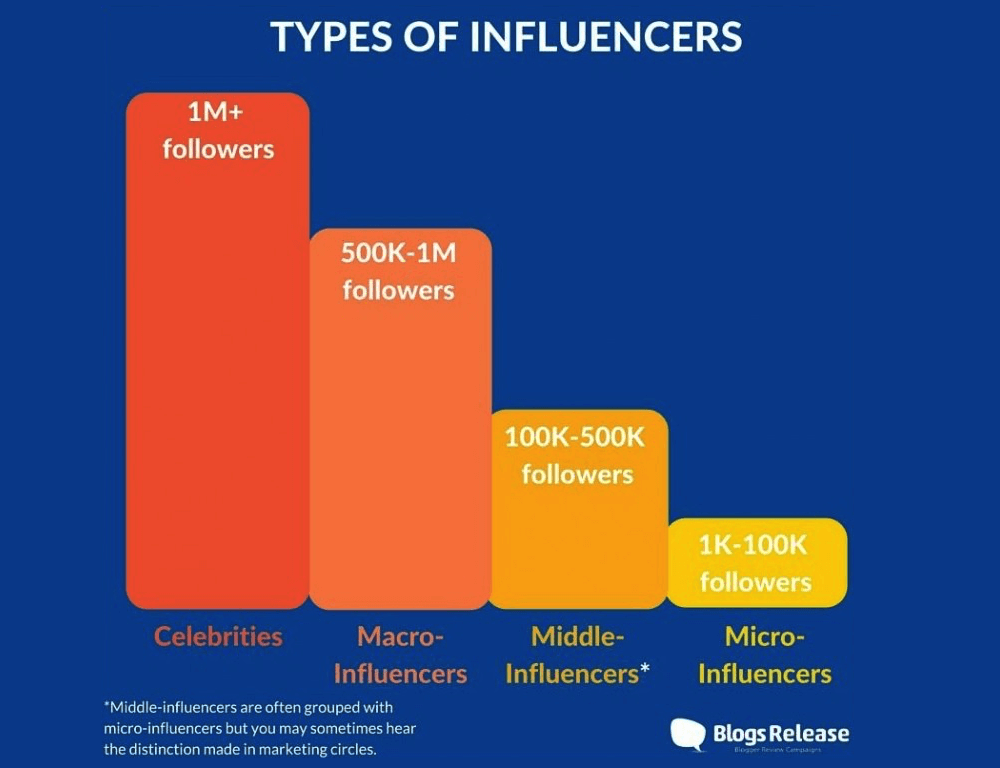 Today influencers of all tiers have TikTok on their radar and many of them are successfully switched to it from other platforms and quite successful in showing what is possible when it comes to making a video ad viral.
Today influencers of all tiers have TikTok on their radar and many of them are successfully switched to it from other platforms and quite successful in showing what is possible when it comes to making a video ad viral.
According to InfluencerMarketingHub, TikTok influencer post pricing looks the following.
TikTok influencer post pricing
| Tier | Nano influencer | Micro influencer | Mid-tier influencer | Macro influencer | Mega influencer |
| Price | $5-$25 | $25-$125 | $125-$1,250 | $1,250-$2,500 | $2,500+ |
Source: InfluencerMarketingHub
Comparing TikTok influencer post pricing with the YouTube one, we see that the former is way more affordable. On top of that, you need to factor in a TikTok’s superior level of engagement, based on its highly competitive environment that has been sparking so much creativity for the last several years.
Other
Before social media really became a big thing, we still had a form of influencer marketing: blogs. Back in the Dark Ages (2006), before anyone had even come up with the concept of an influencer, you could get a influencer blog post for a paltry $7.39. Like all good things this, of course, edged its way upwards.
2014 was a key year. With social media marketing now entrenched (Facebook took off for real in 2012, Instagram followed in 2012) the average cost of an influencer marketing blog post jumped up more than 10-fold, from $35.72 to $407.46. Growth after this point was rapid, with prices breaking the four-figure mark in 2017, and climbing as high as $1,403 in 2018. 2019’s figure of $1,442 represents something of a levelling out – for now, at least, this is how much marketers are willing to invest in this form of influencer marketing.
We might note that, of the formats analysed by Izea, blog posts are the second-most expensive on average. The specificity, persuasive potential, and search engine friendliness of blog posts are obviously of high value when trying to influence potential buyers.
Average cost of a paid blog post, 2006 – 2019 ($)
Source: Izea
WebFX also place influencer blogging among the highest-priced forms of influencer marketing. In this estimation, you might expect to pay $60 per 1,000 unique views. As with all of these rather imprecise measures from WebFX, we might expect a good deal of variation – if the blog draws on technical expertise, for example, naturally the price point will creep upwards.
Pinterest is another popular channel for influencer marketing, though we could not find any indication of how much you might pay for Pinfluencer marketing. An API introduced in 2018 was designed to help marketers measure the impact of Pinterest influencer marketing.
who pays money and how much
Technology creates interesting earning opportunities. It is available to everyone, there would be a desire. A huge field of activity is represented by various social networks. Bloggers sell ads and are most profitable on Instagram accounts.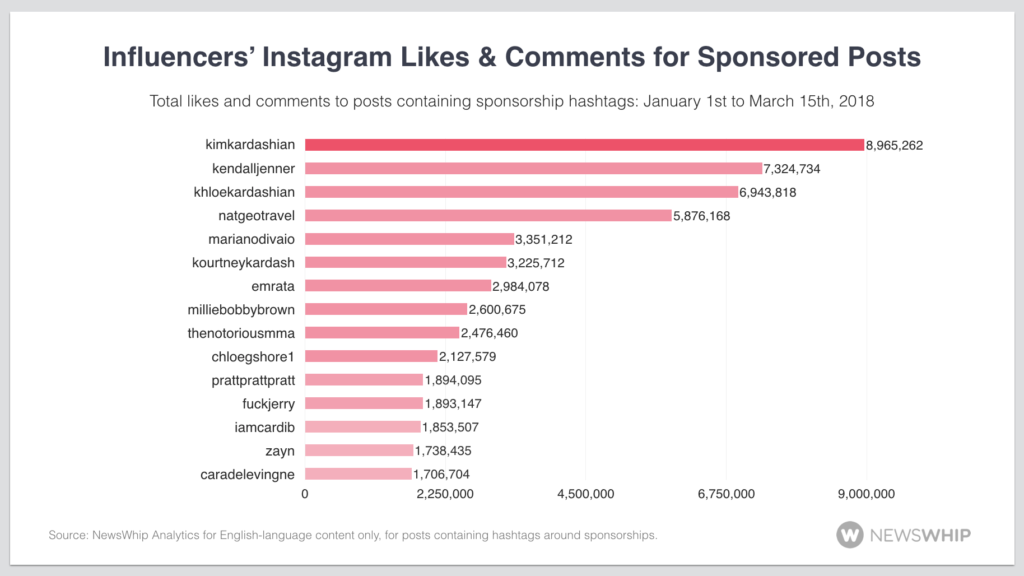 It is not as easy as it seems at first glance, but doable. Below we will talk about the recruitment of subscribers and related indicators, sources and ways to get money from the blog.
It is not as easy as it seems at first glance, but doable. Below we will talk about the recruitment of subscribers and related indicators, sources and ways to get money from the blog.
How to make money on subscribers
It is very important for active bloggers to reach and engage as many audiences as possible. And this is no ordinary sporting interest. Popularity brings real benefits, the first of which is advertising revenue . Most of the users are just having fun on Instagram, but there are those (and there are really a lot of them) who have been working here for a long time or have set up their own business. They either sell their company's products and services, or offer a well-traveled footprint to other brands for their advertising, awareness and image. The number of subscribers to a blogger's page directly affects how often third-party advertisers will contact him. nine0003
Number of followers to start earning on Instagram
You will be surprised to know how many followers you need to collect to start earning.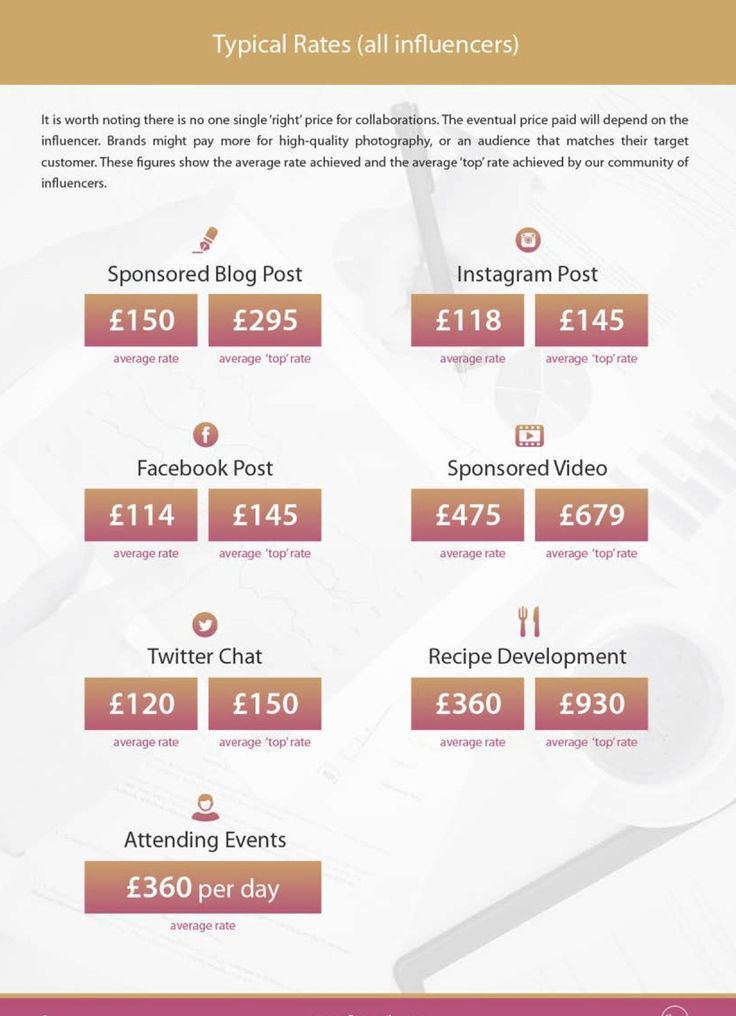 Not quite as much as you think. The amount of profit from the blog is affected by:
Not quite as much as you think. The amount of profit from the blog is affected by:
- the scope (niche) of your activity, and the ability to directly correlate it with a separate category of product/service offerings;
- involvement and coverage of published materials;
- choice of methods and partners. You need to be able to attract at least a thousand interested visitors. As their number increases, income will increase. Thinking about the real result, you need to strive for serious numbers. nine0016
10,000 subscribers to a blog is enough to start a business. But they must be active. It has been proven that an account with 30 thousand audience, among which 20 thousand people are active, receives more than an instagrammer with 80 thousand, where 15 thousand people are doing something. Companies are looking for a large audience in order to expand awareness and sell more. However, not so numerous as to sacrifice the quality of interaction. Therefore, you need to have from 10 thousand active people on Instagram. Leading bloggers get paid a lot of money for posting famous brand ads. However, you can benefit from a profile with few active users. nine0003
Leading bloggers get paid a lot of money for posting famous brand ads. However, you can benefit from a profile with few active users. nine0003
Why Instagram doesn't pay bloggers
It's very tempting to have money for the approval of viewers/readers. Instagram does not pay for reach, likes, and channel subscribers. This is different from YouTube. There is no monetization function for uploading material in the application, although there are other ways to earn income here. Why? The reason is a very easy winding.
Who pays bloggers on Instagram. What Advertisers Are Really Paying For
Recruiting a significant number of signers does not oblige companies to go to you at all. Of course, their number has an impact on promotion through your profile, but on condition that the activity of the audience matches its size. Engagement is valued much higher than follower count, as companies need someone with influence who will be persuasive in encouraging people to buy from them.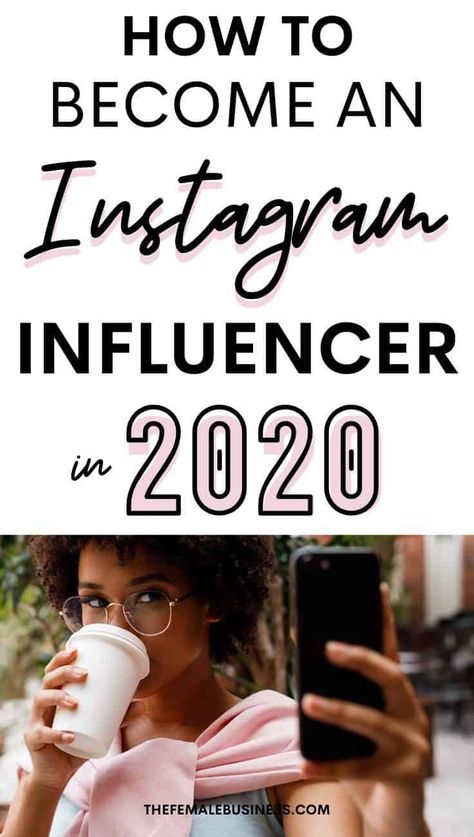 When others trust you, often like, respond in comments, then your degree of involvement may arouse the interest of potential customers. nine0003
When others trust you, often like, respond in comments, then your degree of involvement may arouse the interest of potential customers. nine0003
Engagement rate is the ratio of all likes and comments to the corresponding number of posts, divided by followers and multiplied by 100. In the assessment of the marketing and planning platform Instagram, the average is 2-3%, the high is 4-6%. Measuring engagement in double numbers speaks to its “virality”.
If the profile is high enough, companies conclude that visitors here can not only listen, but also hear. Then they will start paying you to advertise in order to get potential buyers. This indicator is checked by search and verification services for opinion leaders. Checking one account is free. nine0003
Ways to make money on Instagram
Did you know that 7 out of 10 users make their purchase decisions using social networks, and almost half of them rely on the opinions of bloggers? They are looking for advice on choosing different products.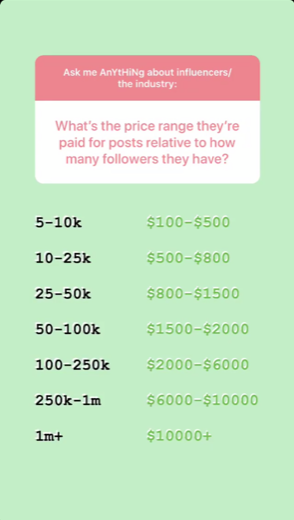 Why not provide the required content? your passion and good knowledge of any industry will turn into a means of earning if you promote products and brands by advertising them in your account.
Why not provide the required content? your passion and good knowledge of any industry will turn into a means of earning if you promote products and brands by advertising them in your account.
As we said, Instagram provides several profitable activities for bloggers, the main ones are:
- Sponsored posts.
- Affiliate Marketing.
- Offering own products and services.
Sponsored publications are especially popular. Companies negotiate with bloggers on an individual basis. The latter have the right to independently determine the tariff, so the method is the most profitable.
Affiliate marketing programs - receiving a commission when selling goods from online stores. Your task is to study, give descriptions and advise them to purchase. Trusting the review or advice, the user follows the link and makes a purchase in the store. When making a payment, a certain percentage is credited to the blogger's account. nine0003
This method allows you to more independently choose the form of recommendation that is convenient for you.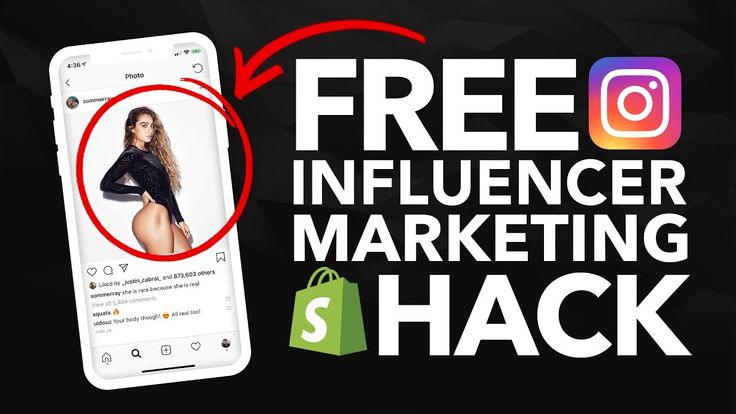 Where to start?
Where to start?
For beginners, well-promoted platforms that provide participation in affiliate programs (Aliexpress, Amazon, Refander and others) are suitable. It is better to choose those that sell things related to the topic of the blog. They will surely interest your target audience.
The third way to use the social network is to create your own business, your own sales. Profit comes not only from outside companies, but from the sale of something on their own behalf. People make money by supporting newbies with promotion, selling their own promotional designs, conducting paid webinars on popular topics (weight loss, making money on the Internet), writing books about the path to success, selling handmade items, etc. Your Instagram business can be almost anything. People are interested in ways to stay healthy, fitness, travel, beauty and fashion trends, business success, financial issues and ways to get rich, living in style in luxury, etc. These are the most profitable niches. Working with brands in these areas, bloggers receive rather big sums. nine0003
Working with brands in these areas, bloggers receive rather big sums. nine0003
The amount of earnings. How much do bloggers get paid to advertise
“How much profit can I expect?” is the first thing beginners ask. Alas, this question cannot be answered immediately, to name the exact amount. Profit depends on many variable factors: the chosen topic, the method of earning, the quality of publications, the number of subscribers and the engagement rate. Although in general, it usually corresponds to the market price for the number of impressions. And therefore, you can calculate the average number of impressions in a certain area using the Instagram advertising account on Facebook. To do this, you need to create a test advertising campaign, select the niche you are interested in and pay attention to the cost per thousand impressions. With this information, you can already estimate how much it will cost to display ads on a blog, given, as a rule, the increased engagement of blogger ads that are made natively. nine0003
nine0003
While there is a conditional follower threshold that an influential and earning profile needs to pass, never stop making progress. Follower growth shows that the account is successful and thriving. By gathering 1,000 live, interested users around your blog, you can start making money.
"There is no replacement for monetization yet." Evgenia Kazakova about the fate of bloggers from Instagram* and YouTube
How many Russians have returned to Instagram (the company that owns Meta is recognized as an extremist organization)
- Is the Instagram audience surviving given that a VPN is now vital?
- From March, from the moment of blocking, there was a rather serious drop, but at the end of April, the audience of both bloggers and subscribers began to return to Instagram. I don’t think that the previous turnovers that were before are possible, but there is a trend for the return of the audience.
close
100%
What Perfluence does
Perfluence is an agency for working with bloggers based on the CPA (Cost Per Action) model, that is, payment is made not for advertising publications, but for user actions under similar posts (for example, clicking on a link, participating in a vote, ordering a product).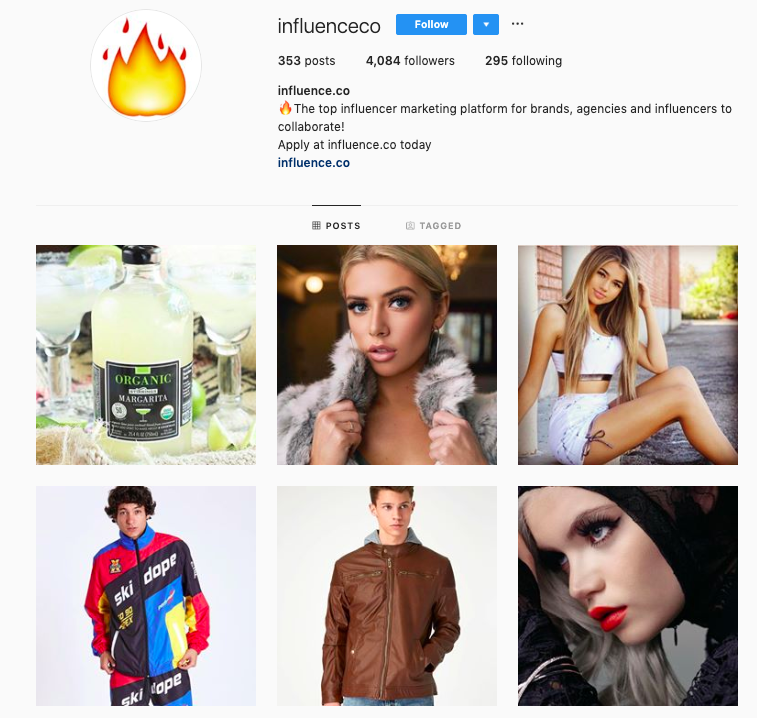 The company operates not only in Russia, but also in Asia, Europe and Latin America. More than 300 thousand bloggers are connected to Perfluence. Evgenia Kazakova - operating room ...
The company operates not only in Russia, but also in Asia, Europe and Latin America. More than 300 thousand bloggers are connected to Perfluence. Evgenia Kazakova - operating room ...
Read more
An interesting fact is that users directly write to their bloggers that they are bored, ready to suffer with VPN, but remain with them.
Just because today, to my great regret, there are no analogues of "Insta".
There are no analogues in terms of content delivery, communication between the content author and users. This is a very important element. People lack communication, people lack support.
We see that bloggers are still on Instagram, they continue to earn. This applies to both microbloggers and big bloggers, although, of course, it’s more difficult for big bloggers now in terms of monetization. nine0003
A fairly large number of brands are well acquainted with the law and understand that the author's blog belongs to the content creator, and there is no violation of the law in that the blogger talks about the brand, shares his experience with subscribers.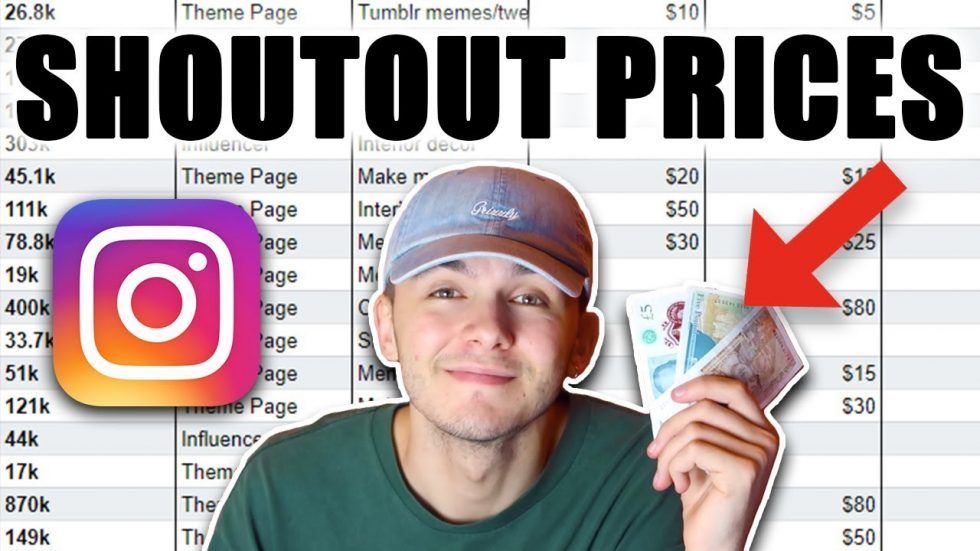 And the funding in this case goes to a specific blogger, and in no case Meta (recognized as an extremist organization).
And the funding in this case goes to a specific blogger, and in no case Meta (recognized as an extremist organization).
- You said that there is a return trend. How many returned?
- According to various sources, 50-80% of the audience left. Minus 50% is a more honest figure. nine0003
And currently 10% has already returned. A 50% drop in two months and a 10% return in less than a month. And this trend continues.
How much YouTube bloggers have lost and how they are earning now
— With YouTube, the situation seems to be simpler — it’s available, you can watch it, but Google cut off the income. How much did you lose in advertising revenue?
- We lost a lot, because monetization is 70-80% of a blogger's earnings. Especially for those who are in the top in terms of audience engagement. But since YouTube is not banned, it is much easier with client integrations. nine0003
In fact, the only way to continue communication now is through advertising integration with bloggers (this is a special insert into the content with a recommendation of a certain company, service or product - ed.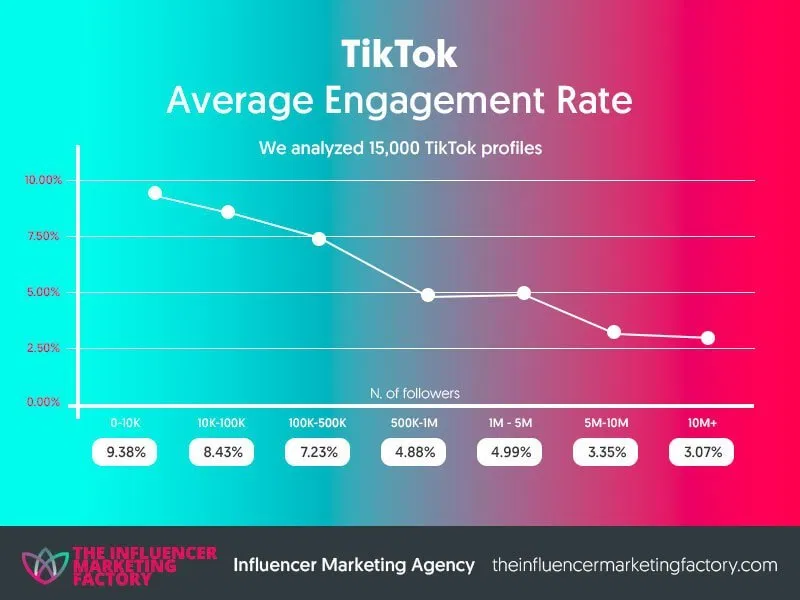 note). Of course, YouTube bloggers are trying to find other ways to monetize, to switch to other social networks, including those where content can be monetized faster.
note). Of course, YouTube bloggers are trying to find other ways to monetize, to switch to other social networks, including those where content can be monetized faster.
We see some kind of migration. There was a migration from Instagram, and bloggers tried to move from YouTube to VKontakte, to Telegram. nine0003
But in fact, there is no replacement for YouTube monetization and is not foreseen yet.
We are really looking forward to what will be implemented in Rutube, we really hope that VKontakte will offer some kind of support for content makers, which will become, if not a replacement, then at least an interesting analogue. But for now, bloggers work within the framework of advertising integrations.
— And how many Russian bloggers have finally switched to Rutube and VK?
— Bloggers just now realized that it is impossible to develop only one social network. You need to try to manage several social networks at the same time and try to monetize several channels.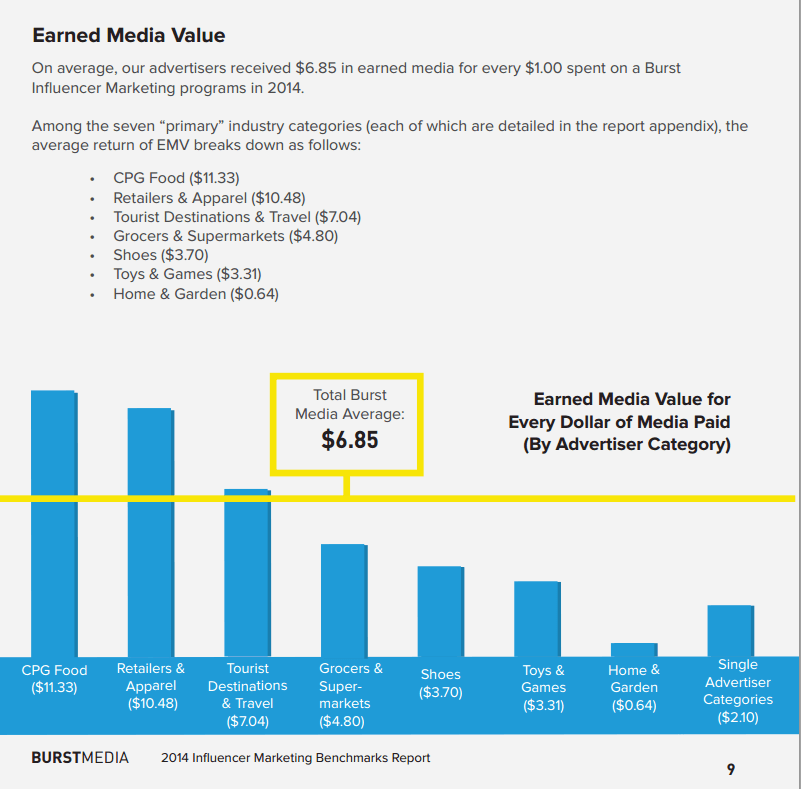 Because if one network channel is closed, you have an alternative source of traffic. nine0003
Because if one network channel is closed, you have an alternative source of traffic. nine0003
In the spring of 2022, the number of authors increased by about 18% on VKontakte, and 23% on Telegram. Even Odnoklassniki increased by 4%. This suggests that people are looking for new options.
- Migration from Instagram to Telegram, and from YouTube to VK and Rutube?
— Not really. Emigration from Instagram to VKontakte, Telegram, and Odnoklassniki. And to some new social networks that were not so in demand before.
Pinterest - small businesses have partially migrated there. That is, the “nails” feel great there. nine0003
Not as great as Instagram, but it's a growth point.
Why bloggers become foreign agents
— The situation now is such that directly from YouTube all income is in dollars, and with few banks it is possible to receive a transfer via SWIFT. How to be in such a situation?
- There are affiliate networks, affiliate programs that help you withdraw money from YouTube. This is such a layer between YouTube and a blogger. This is also not financing, it is not prohibited by law. nine0003
This is such a layer between YouTube and a blogger. This is also not financing, it is not prohibited by law. nine0003
- Popular bloggers in Russia like Morgenstern (recognized as a foreign agent in the Russian Federation) and Dudya (recognized as a foreign agent in the Russian Federation) did not help. In the case of Morgenstern, it is known for sure that he was charged with foreign funding due to the fact that he received something from Yoola there and the partner network in brackets is indicated as Israel. How to be in such a situation?
- Indeed, amendments to the legislation have been approved, according to which natural persons can be recognized as foreign agents. And in particular, all popular video bloggers fall under the wording of the document, because income from YouTube is income from a foreign organization. nine0003
There are clarifications that if they decide to recognize you as a foreign agent, then receiving money from YouTube is a sufficient basis for this. Lawyers from various companies do not exclude that the wording of the law applies to all users of social networks in general.
Lawyers from various companies do not exclude that the wording of the law applies to all users of social networks in general.
In my opinion, receiving money from YouTube is not the primary reason for any proceedings. But earning income from YouTube is income from a foreign organization - it's true.
— That is, in your opinion, in this case, a foreign agency does not appear automatically, if you are a blogger on YouTube, do you need an accompanying negative? nine0074
Yes. Since I'm not a lawyer, it's a little more difficult for me to give some specifics, but the bottom line is that the questions to Morgenstern were not paramount because he was monetizing YouTube. This is rather a consequence and a method that confirms that he receives money from abroad.
We do not know if Morgenstern had any other income, funding, etc. Therefore, here I would like to separate these stories a little, because I don’t know Morgenstern’s story specifically from the point of view of his finances.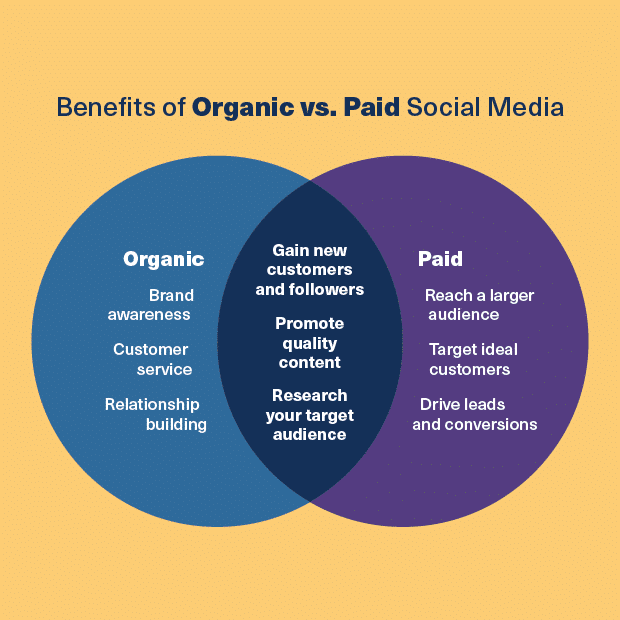 nine0003
nine0003
The federal law is very broadly described, and it is possible to interpret it in different ways. Let's take 2018, the World Cup in Russia.
It is clear that a large number of Russians rented out their housing to guests who came from abroad. Technically, it turns out that this is also financing from abroad.
Whether you did it directly or through the Airbnb service, all the same, within the framework of the law, financing of individuals is also considered financing from abroad, such a specificity. nine0003
What domestic social network could replace Instagram and YouTube
— In VK, the number of authors increased by 18%, did some percentage leave YouTube? Or just bloggers opened a backup channel?
— It's not just videos, it's just public. Most of the content authors who migrated to other social networks lost Instagram - a drop of 55%, while for YouTube only 19% of the authors went to other social networks. YouTubers try their hand at new media because they realized that at any moment something can change, the only way to be ready is to be everywhere. nine0003
nine0003
- And this means that gradually the authors will start releasing videos and other content only in domestic social networks?
- The specificity is that there are no networks that completely replace each other. If YouTube and Rutube are still very similar, then everything else is very different from each other.
It turns out that in any case, switching to any other social network for a blogger is tantamount to creating a new blog and new content.
These are not interchangeable items. We have no analogues of YouTube and Instagram just from a technical point of view. nine0003
- Rossgram is well known, which has not yet been released in any version. But, for example, the Now application from Russian developers with functionality reminiscent of Instagram is already available on smartphones. Have you met bloggers' interest in this application?
- It seems to me that Now does not have enough material resources for active promotion.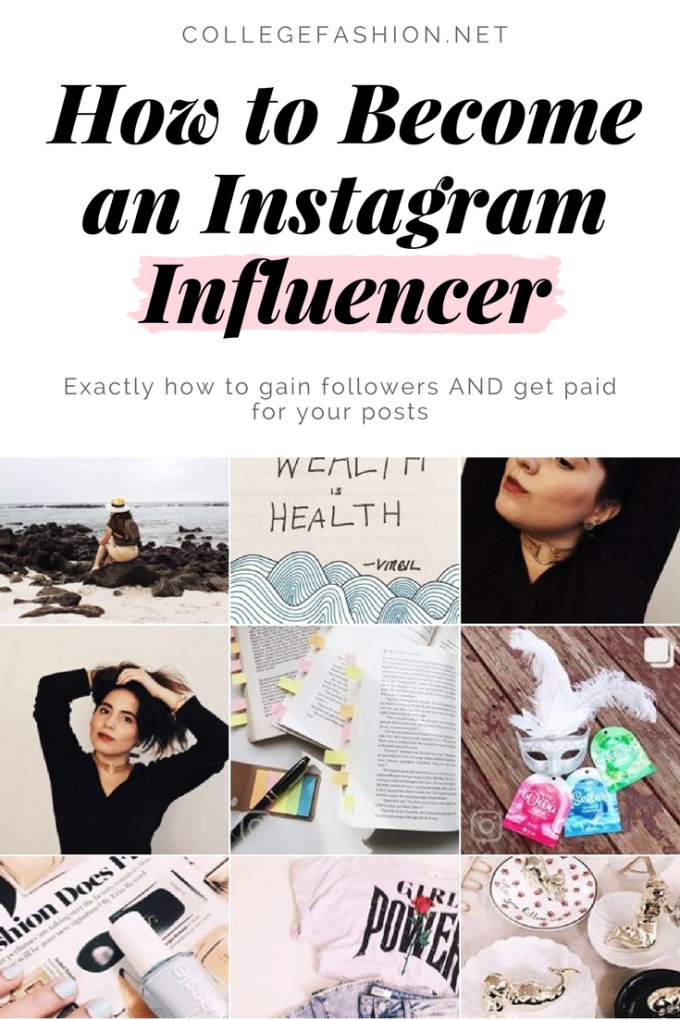 Perhaps this is also due to the fact that the application is just being formed, and when it is truly completed, there will be investors who will actively promote it. nine0003
Perhaps this is also due to the fact that the application is just being formed, and when it is truly completed, there will be investors who will actively promote it. nine0003
After all, in addition to Now, there is a huge number of social networks that have appeared. For example, Limbiko. This is also very similar to Instagram. They and Now are practically Instagram brother and sister, lost in childhood. This is if we talk about the visual component, because the backend (hardware and software part of the service. - ed.) is very different for them.
It is very difficult to do in three months what people have been doing for decades. Not just people, but experts in their field who developed this field. nine0003
I believe that analogues will appear, but later. Very little time has passed. It is very difficult to make such a powerful application even in a year. So we are waiting.
Which of them will be able to stay, only time will tell.
- And there are no new authors on Instagram anymore?
Out of 320,000 bloggers, 40% of us are Instagram.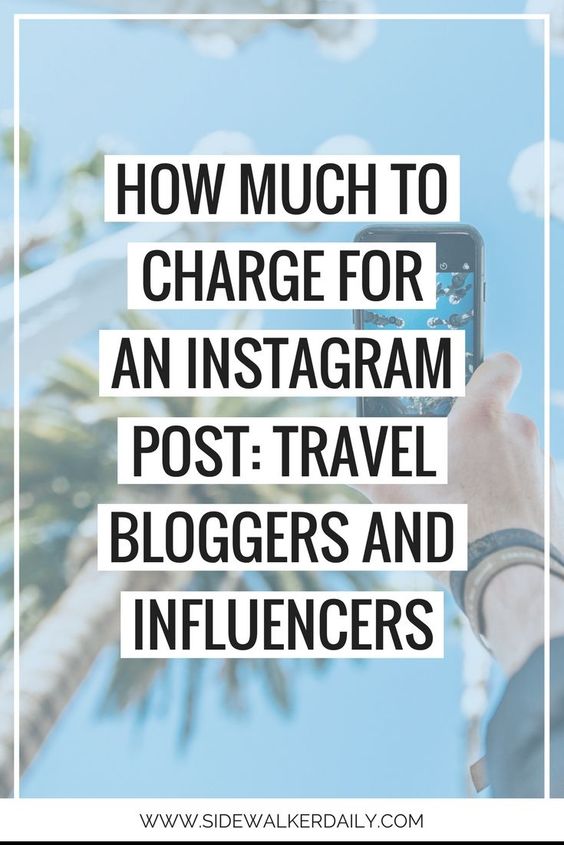 This is a fairly large volume. Interestingly, after March 14, even after blocking Instagram, about 20 thousand new bloggers from this social network registered on our platform. This suggests that users continue to look for ways to make money, including on Instagram. nine0003
This is a fairly large volume. Interestingly, after March 14, even after blocking Instagram, about 20 thousand new bloggers from this social network registered on our platform. This suggests that users continue to look for ways to make money, including on Instagram. nine0003
- Speaking of your bloggers. What are the negative reviews of your agency on the Internet?
- Due to the fact that in 2019 our team introduced the CPA (Cost Per Action) format for working with bloggers. This meant that now bloggers were paid only for the fact that they made a targeted action for the brand on the blogger's page, and not for viewing content.
Because of this, many bloggers and brands did not want to work on this model. Brands usually met bloggers halfway, but in the end they did not receive enough in terms of efficiency. nine0003
Bloggers took advantage of the situation and simply took money for posting cosmetics without proof of effectiveness.
All this went on until the pandemic came, and all the brands in fear began to cut budgets and look for ways that would confirm that a particular blogger was making him money.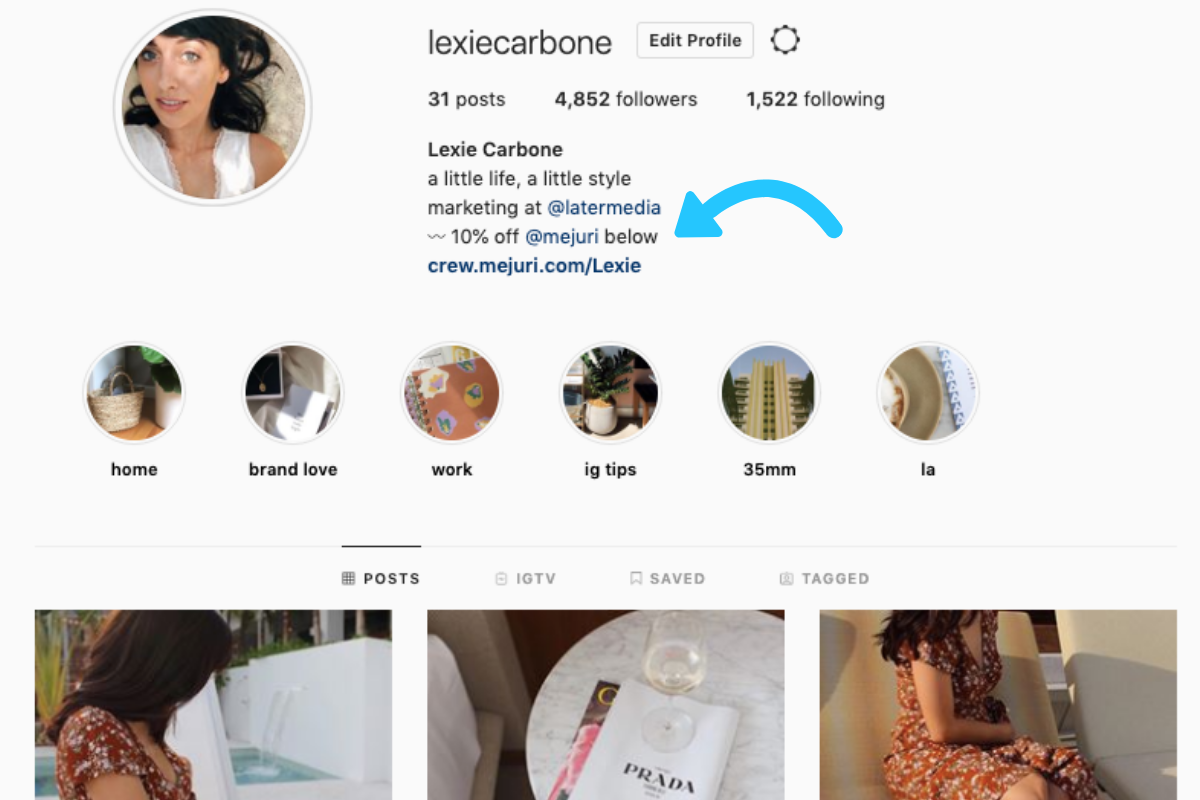
Such mixed reviews just prove that we really have interaction with different bloggers, and we figure out who has an exaggerated audience and lack of sales, and who has everything adequately, who honestly makes good content, works without bots and cheats. These bloggers make great money. nine0003
Russian bloggers' future prospects
— What can Russian bloggers expect in the next three years?
- I think that in the near future Telegram will take a leading position, because even now it is clear that if the initial migration was both in VK and in Telegram, now there is a shift towards the latter.
For example, Russian-speaking Instagram bloggers choose Telegram in 42% of cases, and only 32% choose VK. But Telegram needs improvement. That tape is missing. If you subscribe to the current volume of bloggers, then it will be impossible to follow them without a feed, you need to change your approach. nine0003
If Durov's team makes a feed like on Instagram, then they will definitely take the lead.
YouTube bloggers really go to VK, they choose it in 35% of cases, 20% try Yandex Zen, 19% try Telegram. Now we are at a crossroads, when everything is very changeable. There is a feeling that a lot of diversification is planned, that is, everyone will have several blogs.
Human hysteria generates quite a large amount of changes in our country. For example, even before all the bans, there was a slight decline in Instagram and YouTube, simply because there was a panic when people try to predict events and somehow change their behavior pattern. nine0003
In the first couple of weeks after the start of the special operation, there was a kind of silence on social networks, simply because there was a general digestion of information, people did not blog.
— Will YouTube and Instagram disappear from the Russian media space in the next three years?
- The share of Telegram and VKontakte will grow, and a new Russian social network will definitely appear. The question is who will it be. I believe that there will be cool, smart guys who will make a cool new product that will win the hearts of ordinary users. nine0003
The question is who will it be. I believe that there will be cool, smart guys who will make a cool new product that will win the hearts of ordinary users. nine0003
- Is this period of uncertainty the best time to start new bloggers?
— Yes, because the regalia that bloggers earned for years on YouTube and Instagram have now lost their value.
And this gives new authors the opportunity to express themselves, to create some new trends. In a year, new stars will definitely appear. Now users themselves are looking for new media, and this gives huge preferences to bloggers who are just starting to develop. nine0003
Who are the number one Russian bloggers
— Who do you think is the number one blogger by popularity now?
- If we talk about YouTube, then in terms of social activity, that is, in terms of audience engagement, in terms of views, these are Wylsacom, Yuri Dud (recognized as a foreign agent in the Russian Federation), Amiran Sardarov.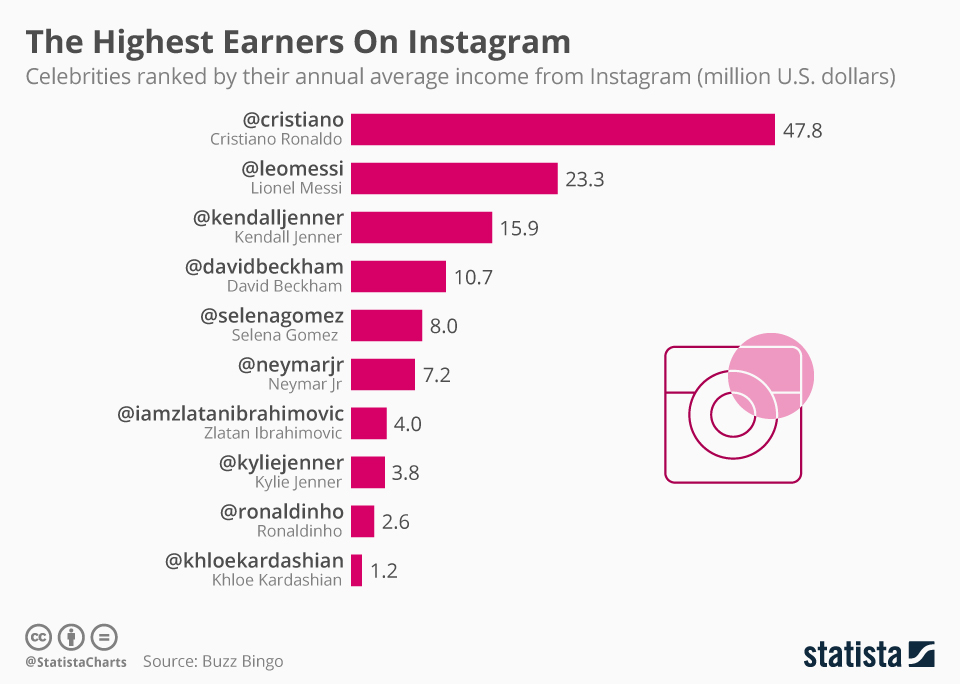 This is the top 3.
This is the top 3.
If we talk about "insta", here, too, the number of subscribers is not equal to the number of audience involvement. Number one is Khabib Nurmagomedov. For the last five years, he has been at the top position, there is no one who is ahead of him. In second place lerchek is Valeria Chekalina, also an athlete in the past. She has fewer subscribers than Olya Buzova, who is in third place. nine0003
However, the lerchek audience is more active, it interacts with it more often, they respond well to its content — a lot of comments, likes, reposts. Therefore, she is ahead of Olya in terms of engagement, although Olya has more than 20 million subscribers, and lerchek has only 15 million.
— We can absolutely say that this video format should be on the social network platform. This does not cancel YouTube in any way, it does not cancel the fact that VKontakte are great fellows, because they created a feature that allows you to transfer content from YouTube to VK in two clicks. nine0003
nine0003
However, no one cancels VK Clips, that is, short videos are a must. This is definitely a trend, and now you can’t do without it.
- Is the interview format still the most popular type of content on YouTube?
- Not the best, but in the top. Indeed, the format is very popular.
— What format should a beginner blogger try?
— I would say the beauty industry, because it will always be popular, entertainment shows, because even in difficult times they are gaining popularity. Videos in the format of how to do something, the so-called life hacks, are also in the top and will not lose popularity. Oddly enough, pranks are still popular, although they have gone more into streams. nine0003
— And what does it look like? It's just that a person makes a prank on a video, only on a stream do people see it live?
- Yes, it can be done in this way. There is also the option of joint viewing of the finished video, in order to discuss it with the audience later.